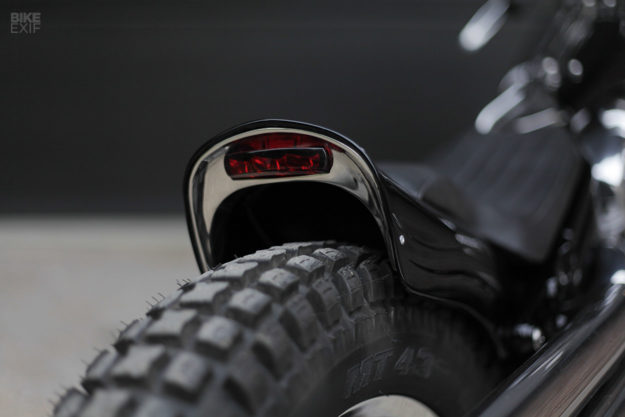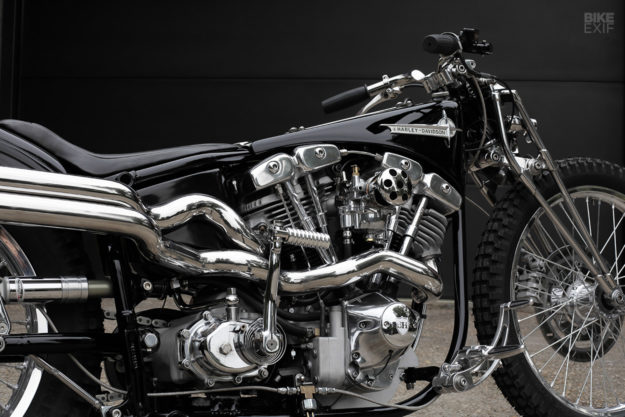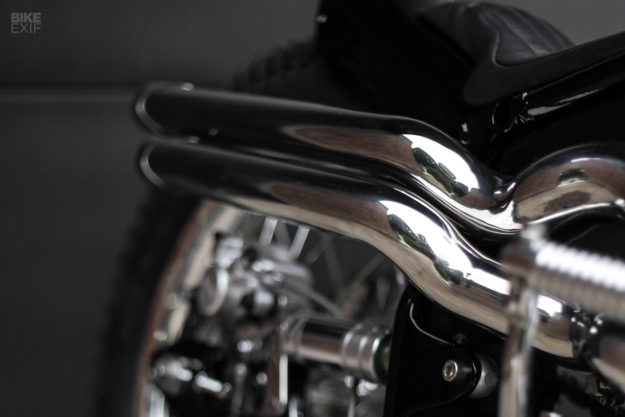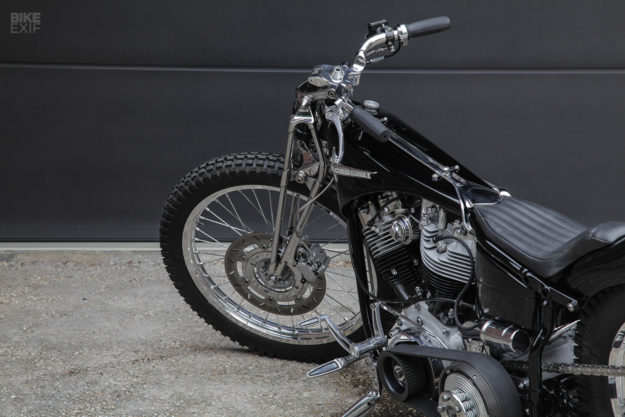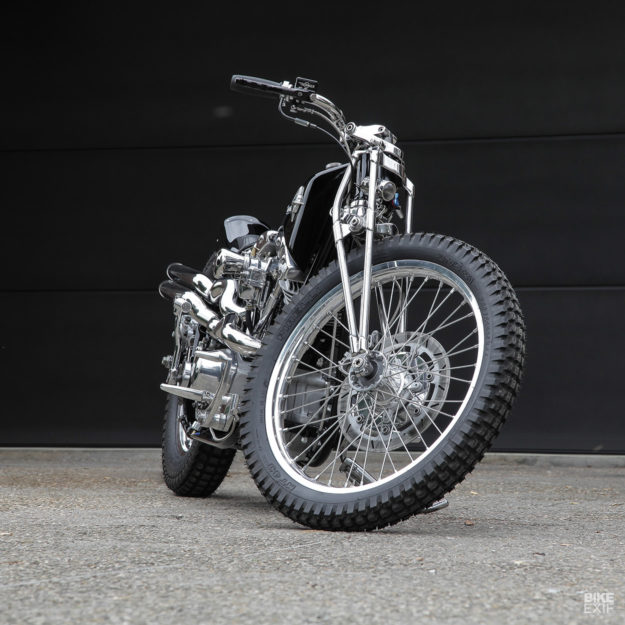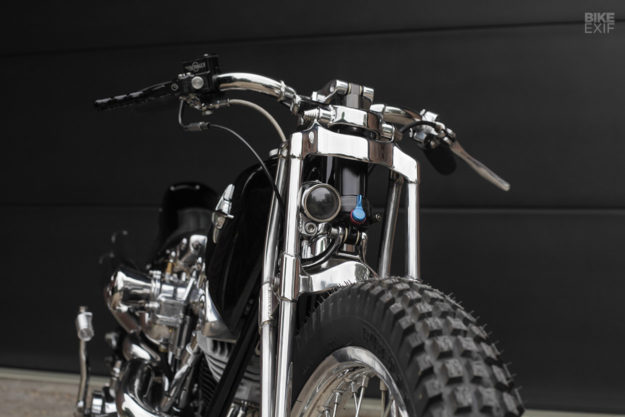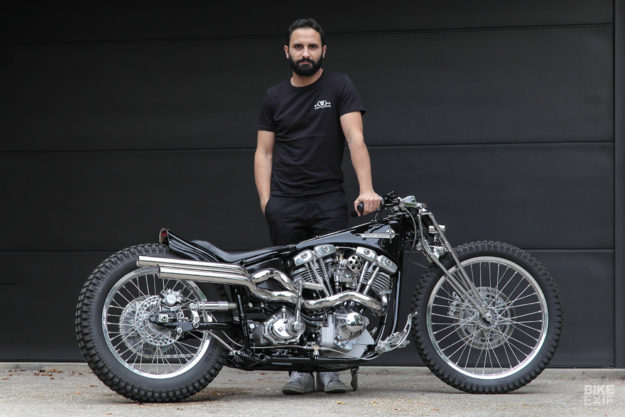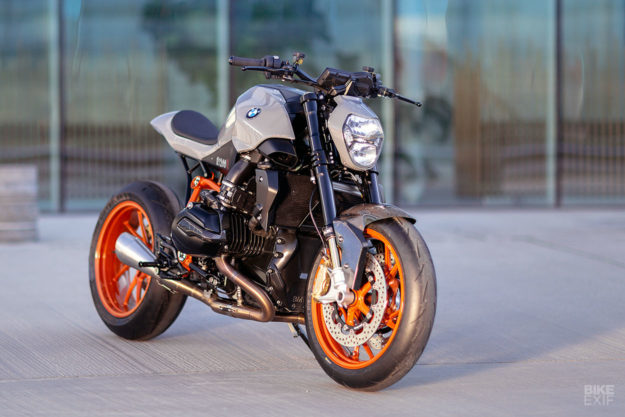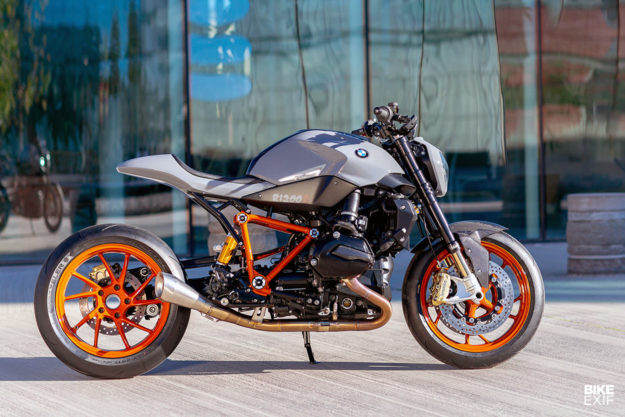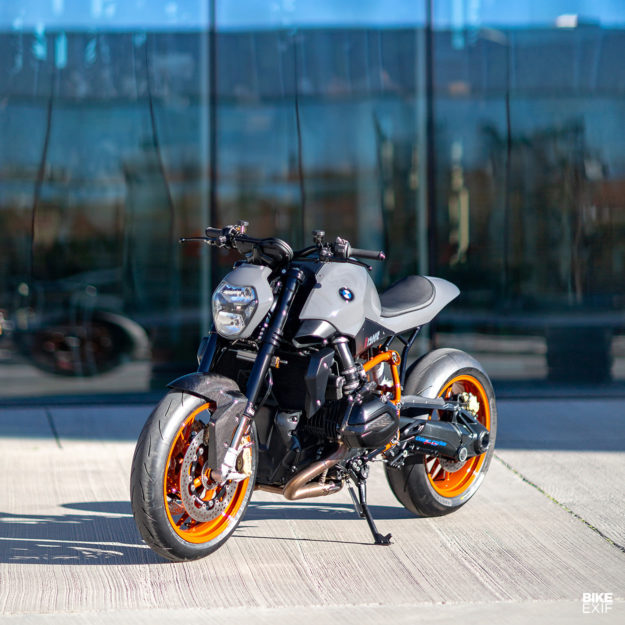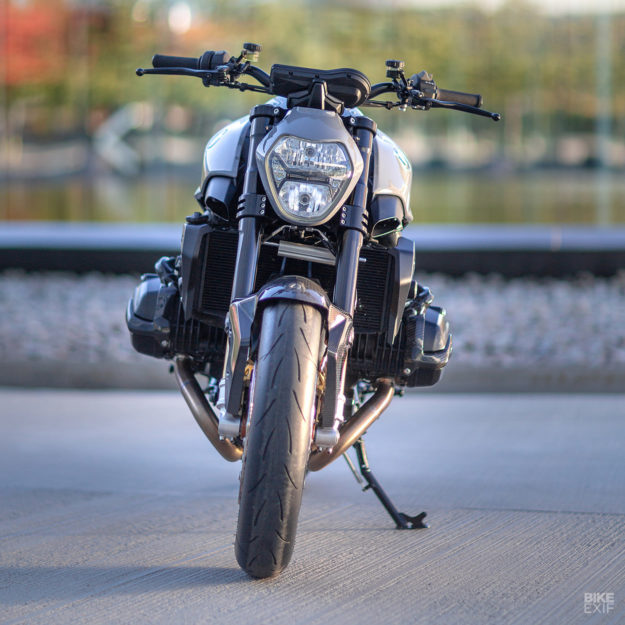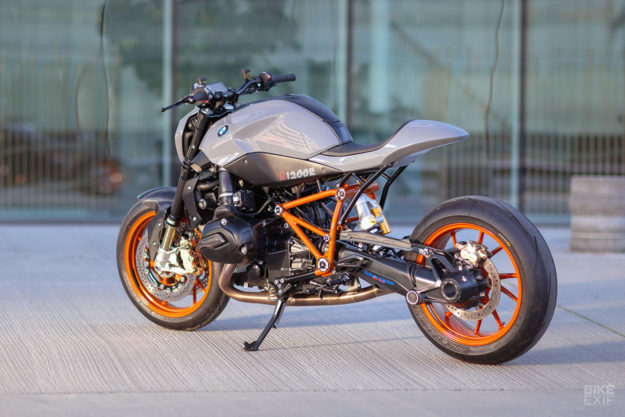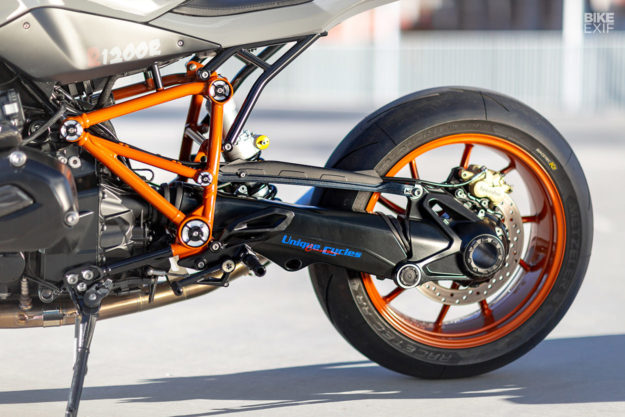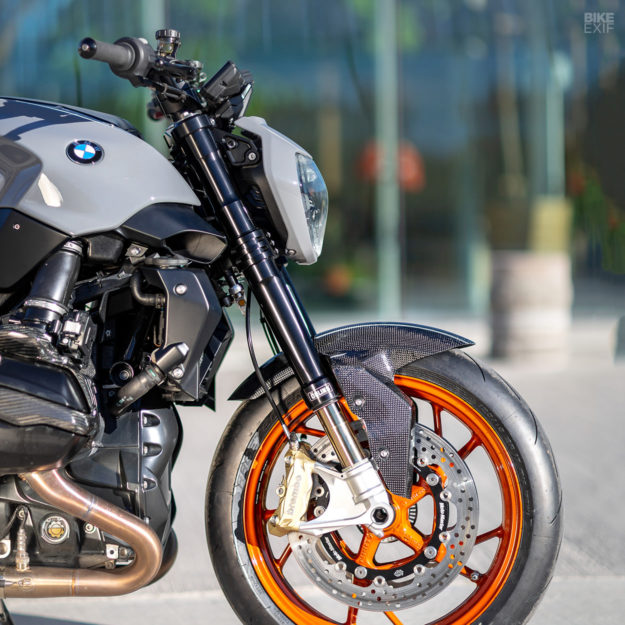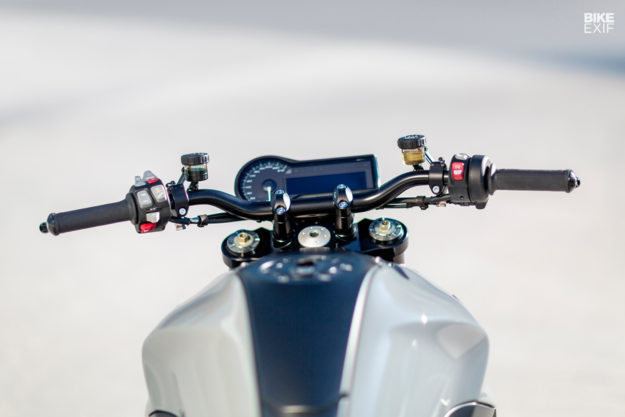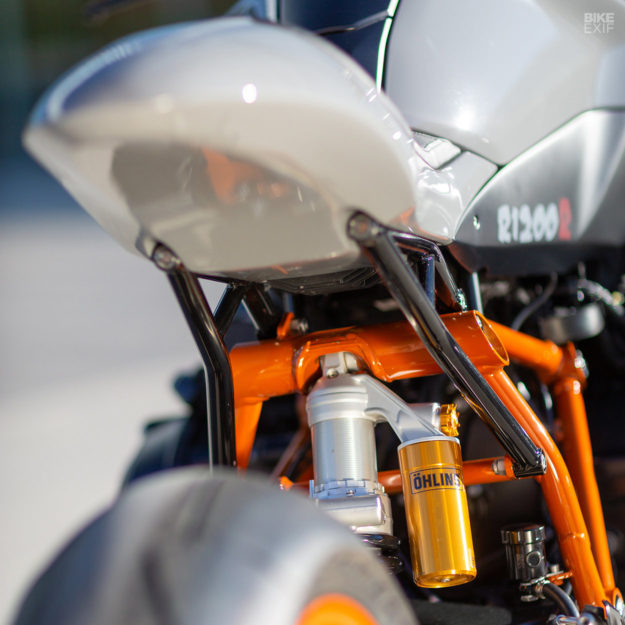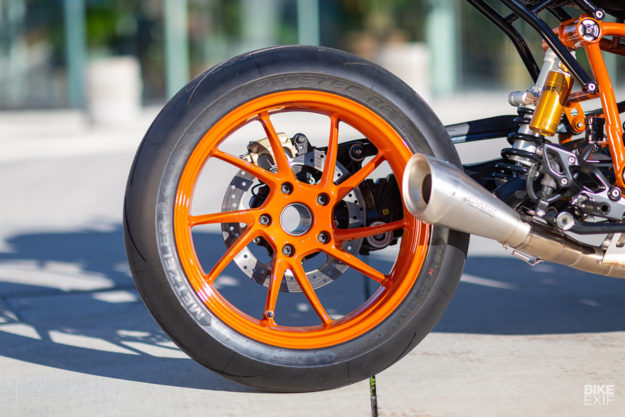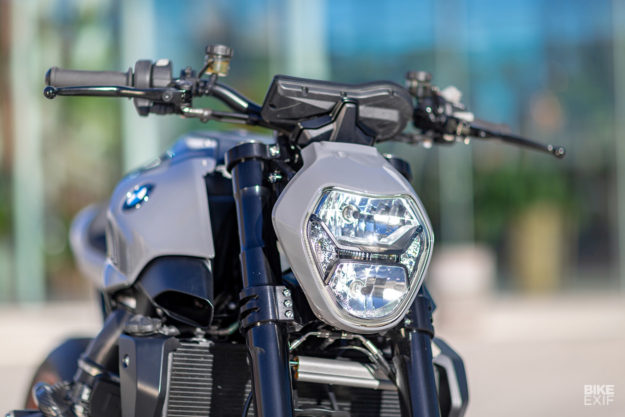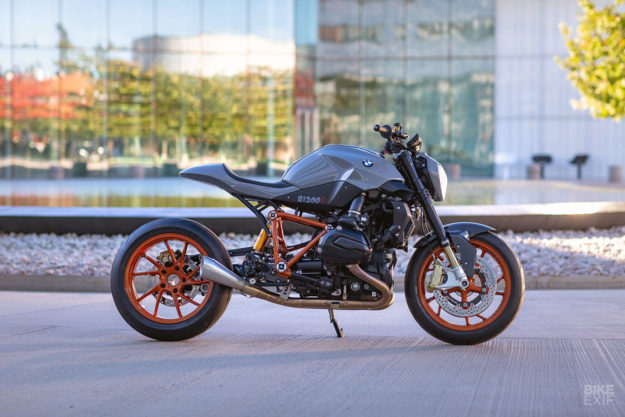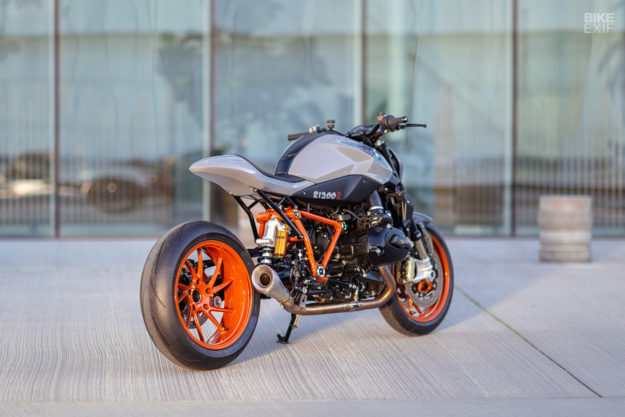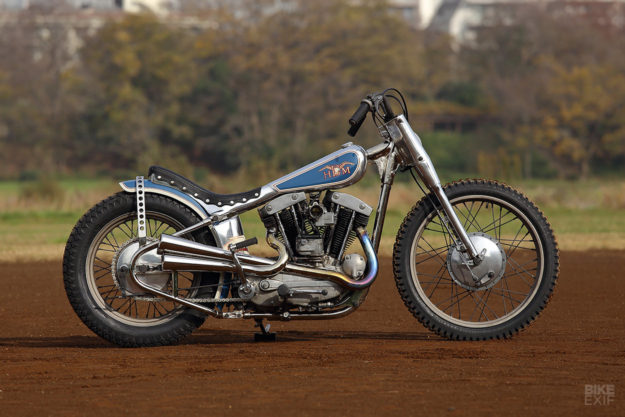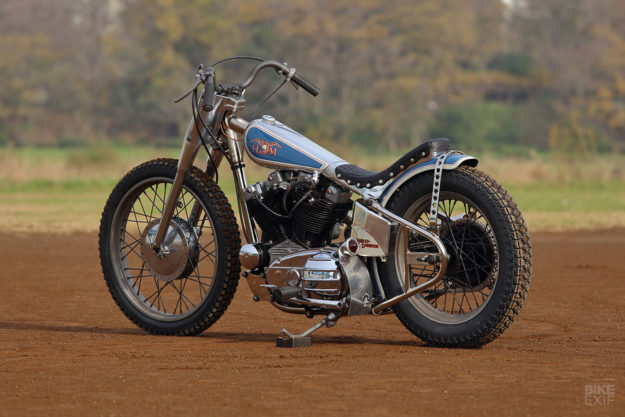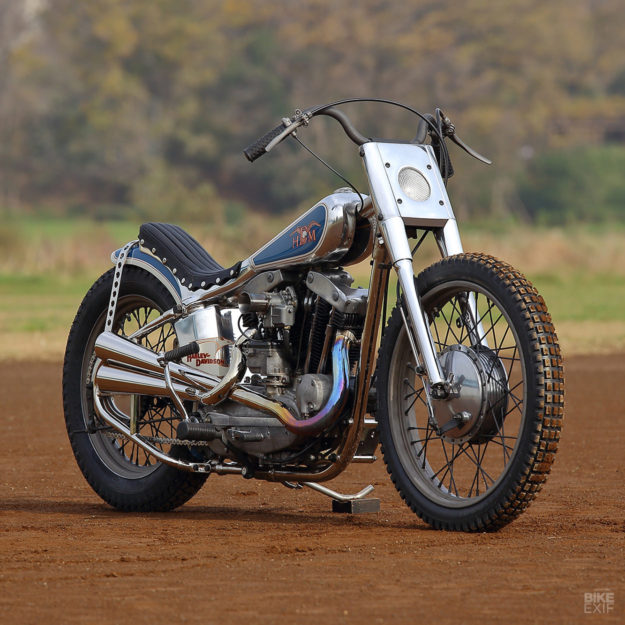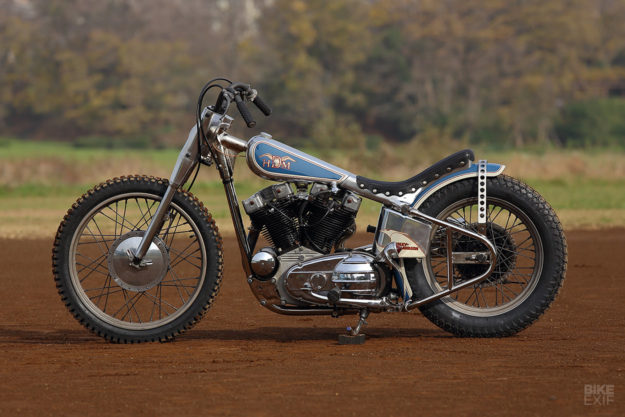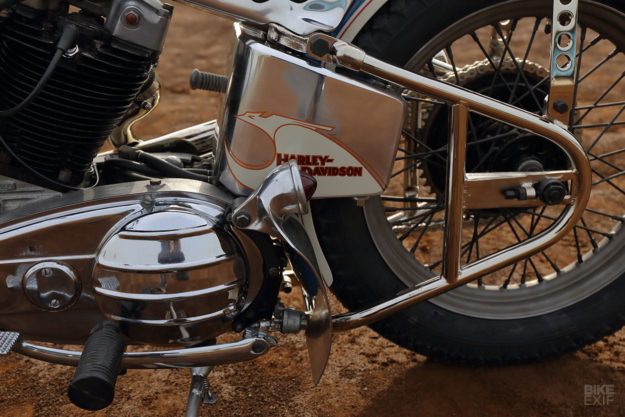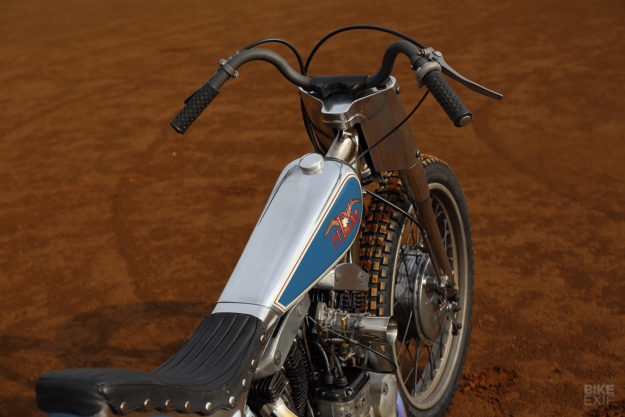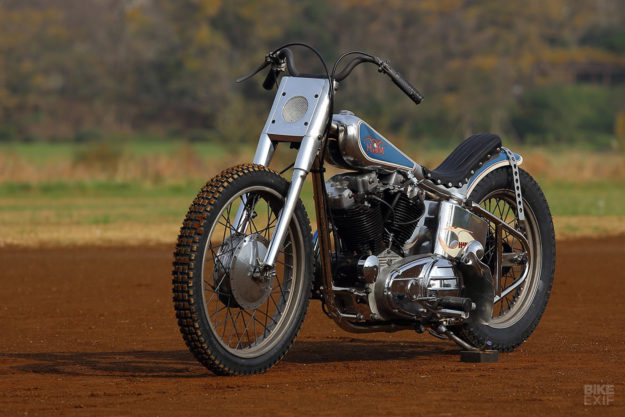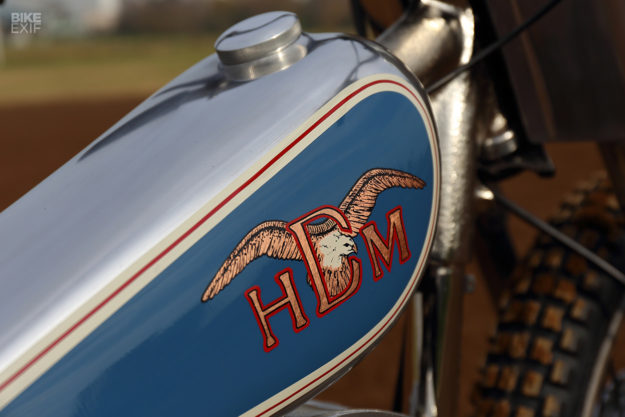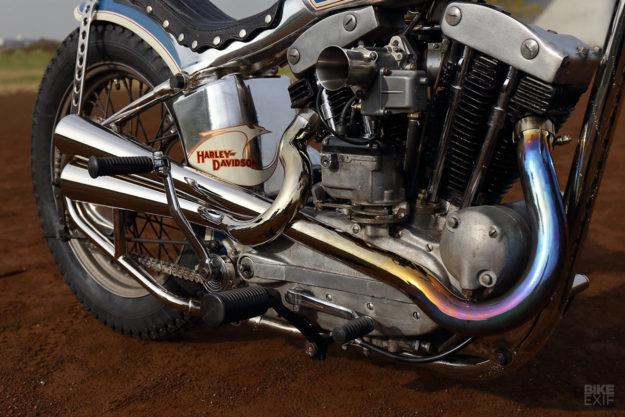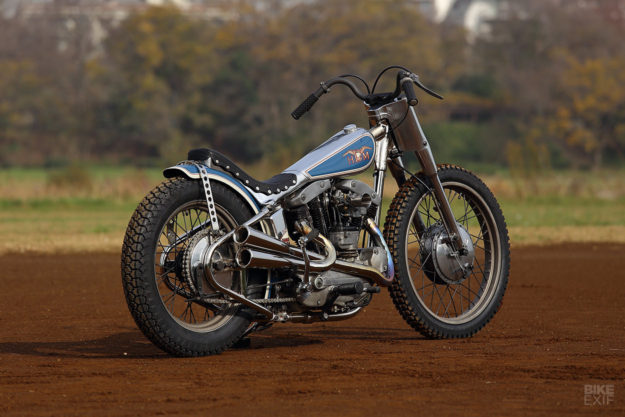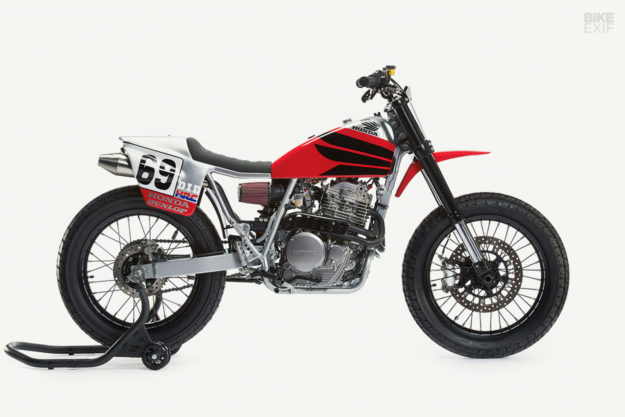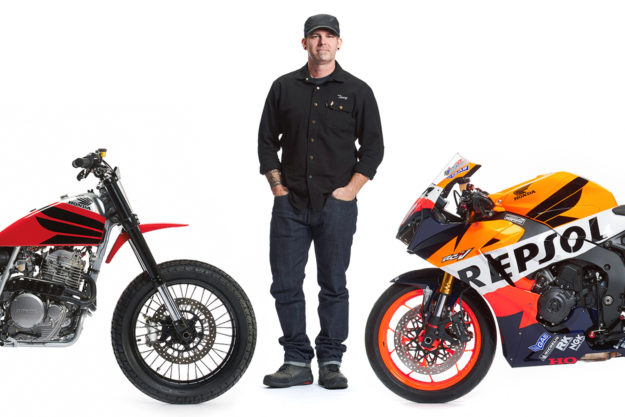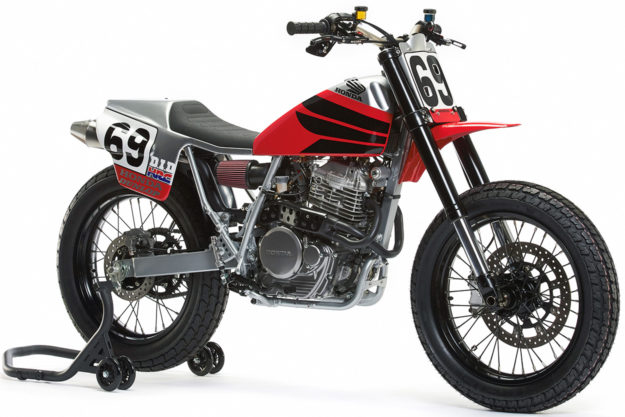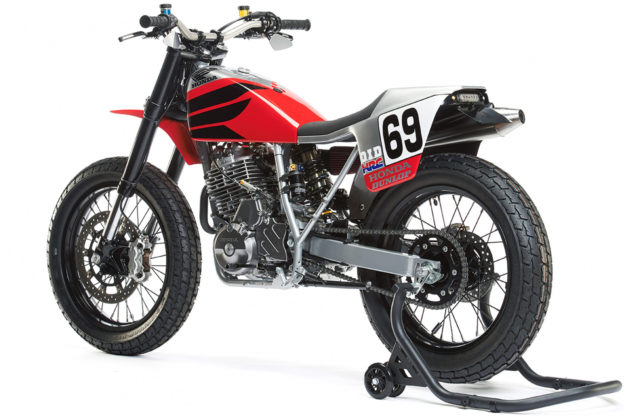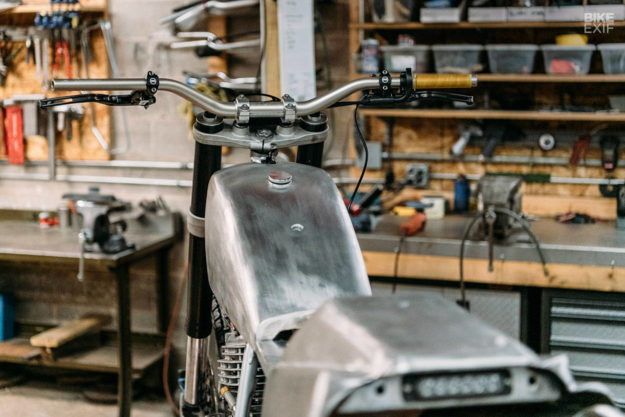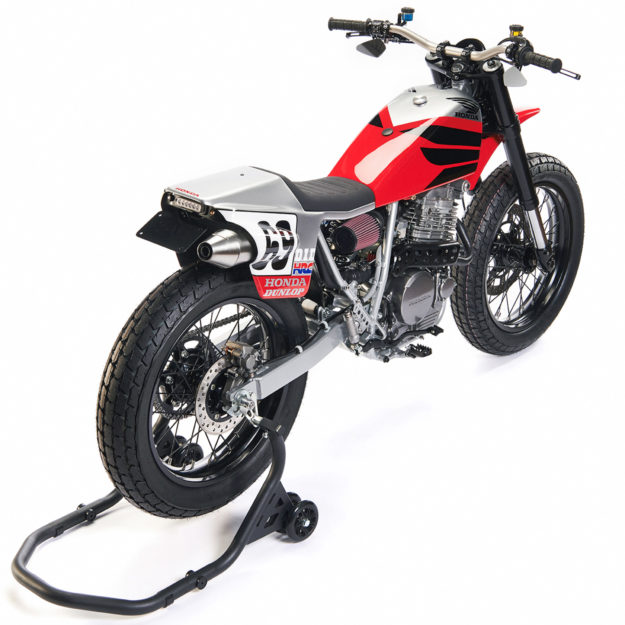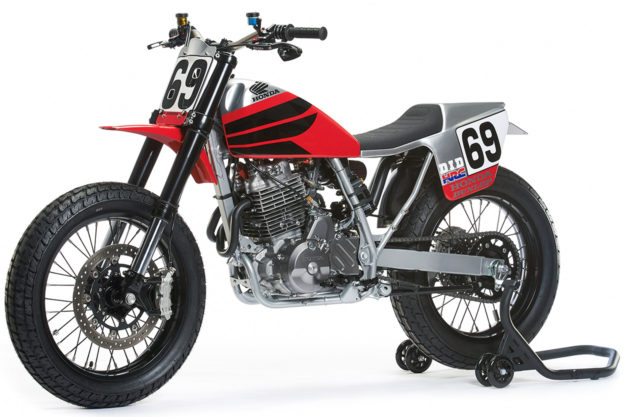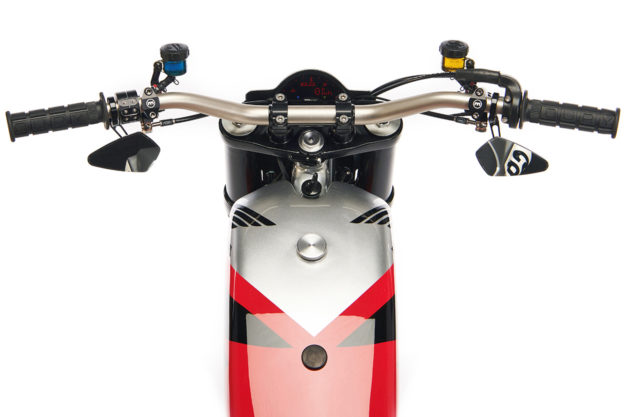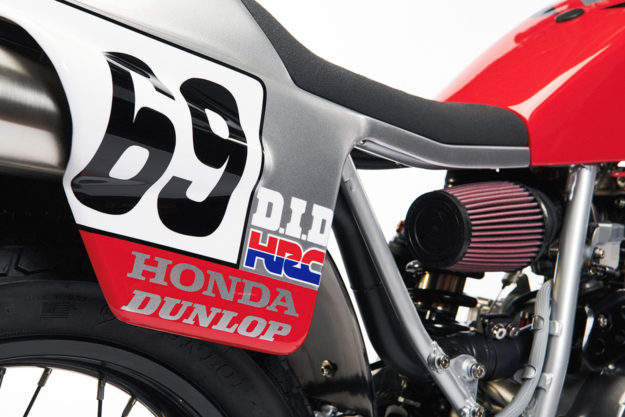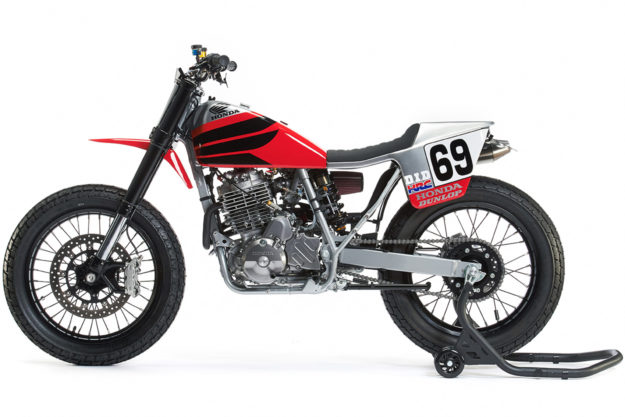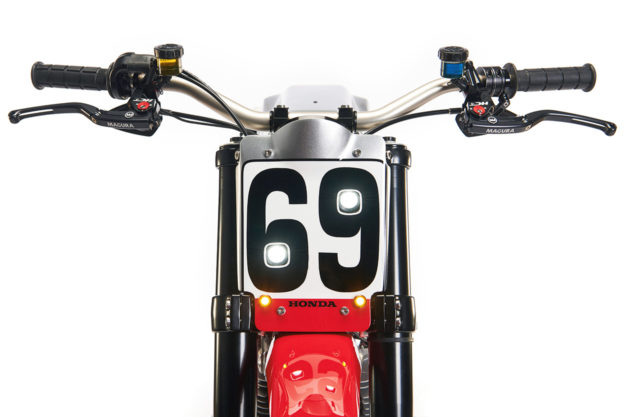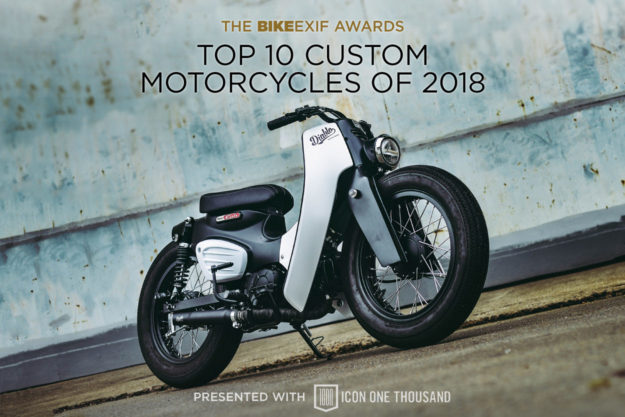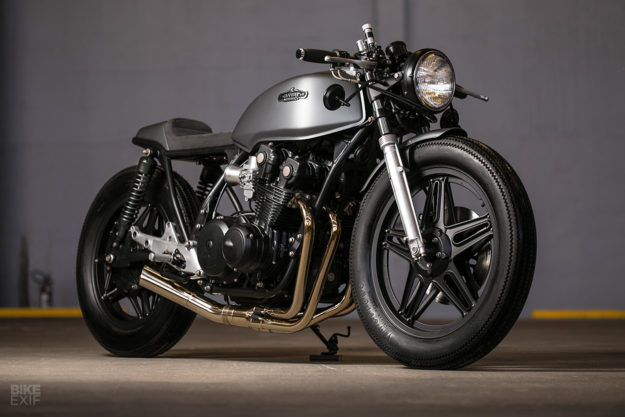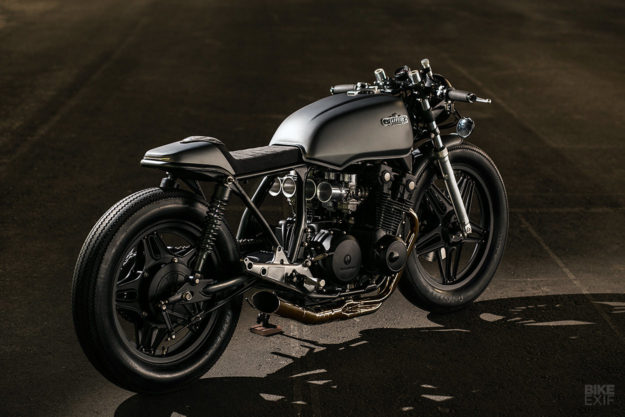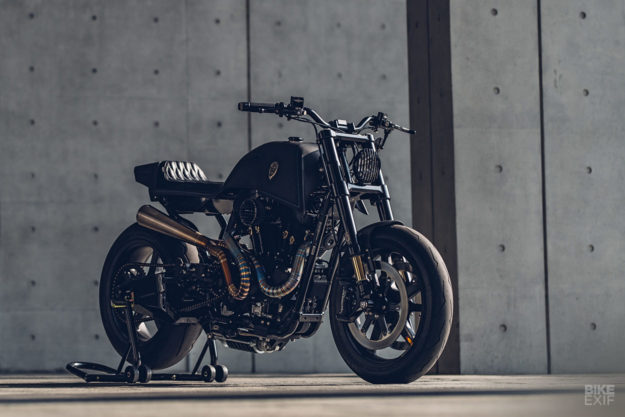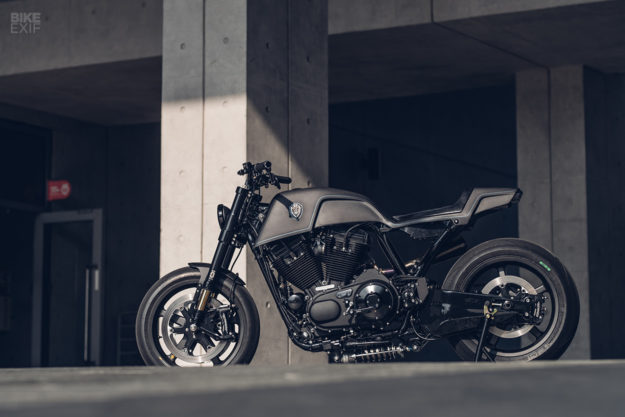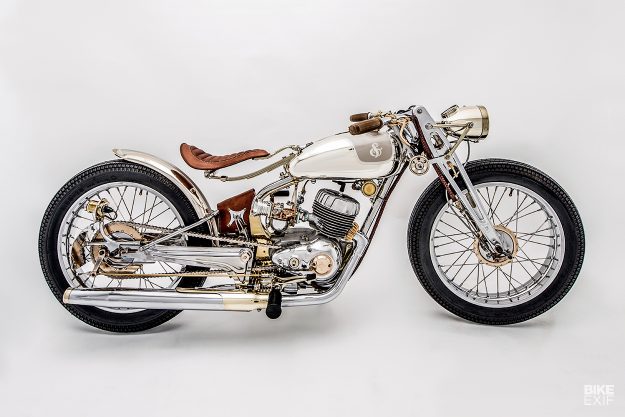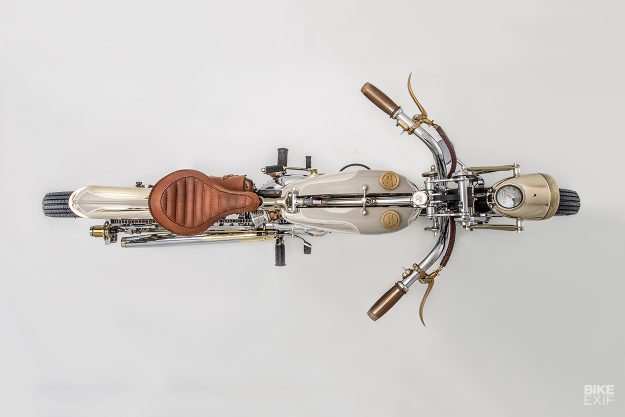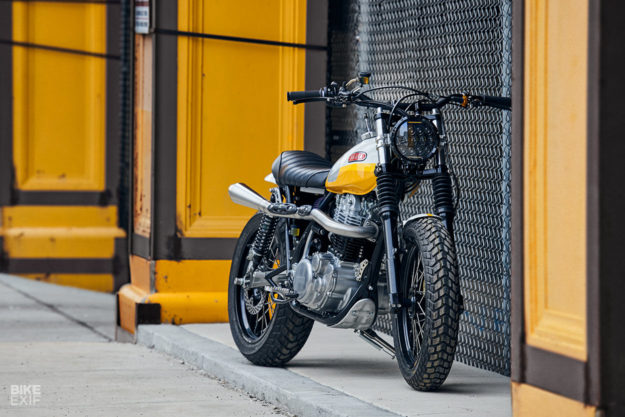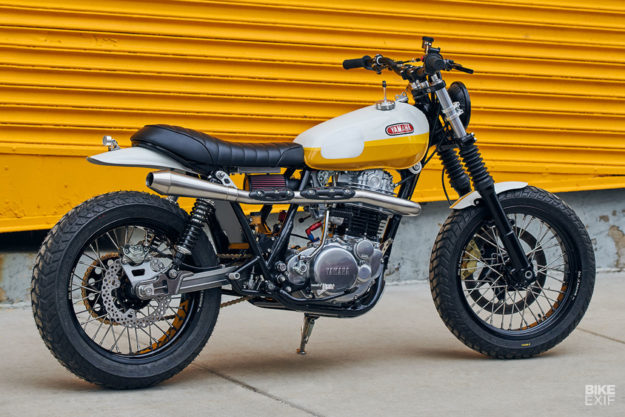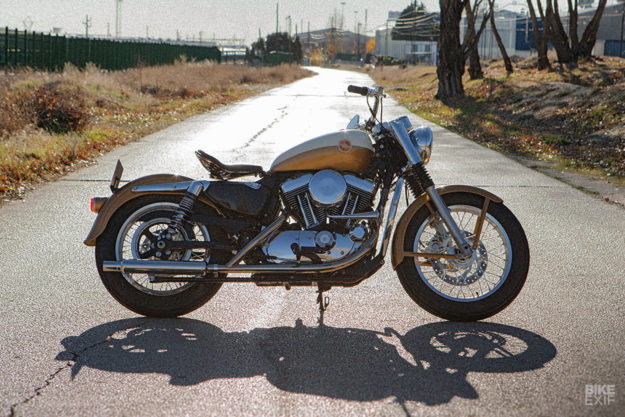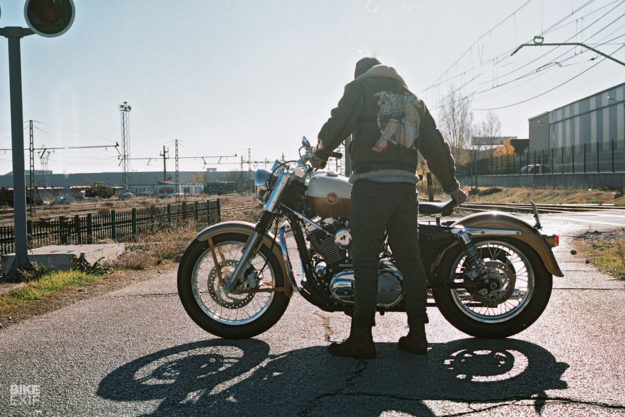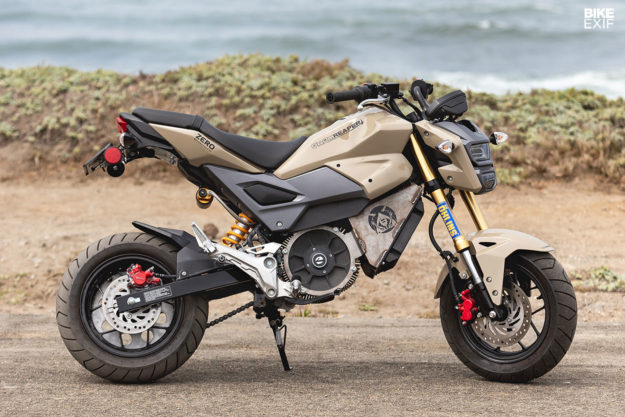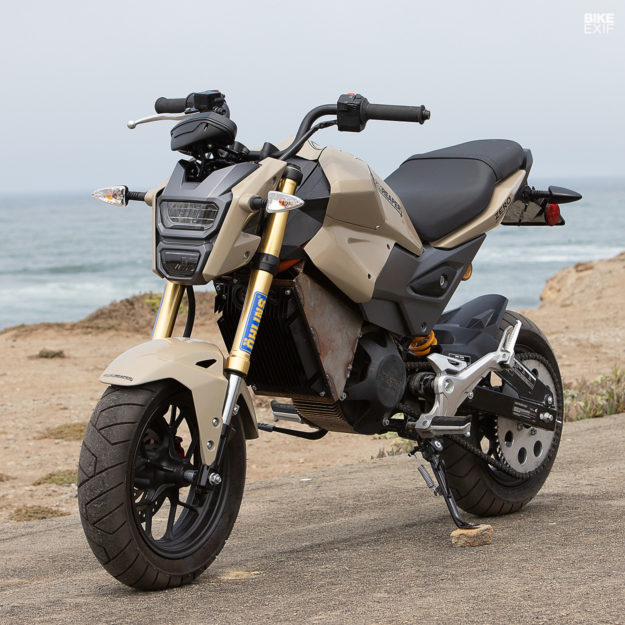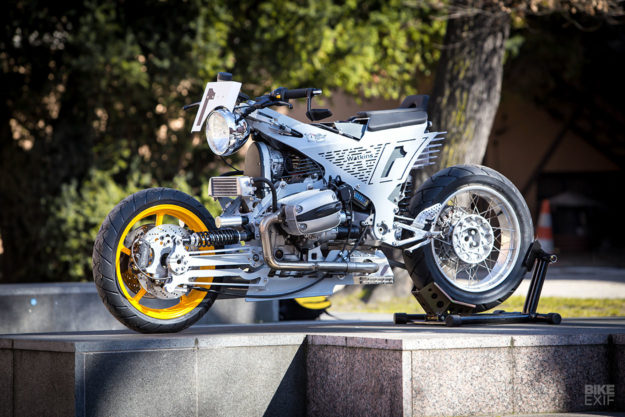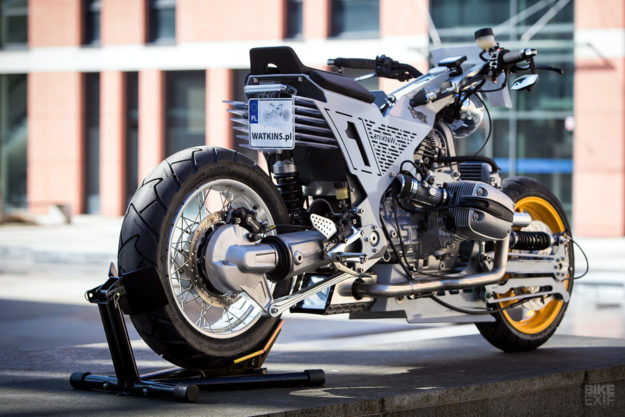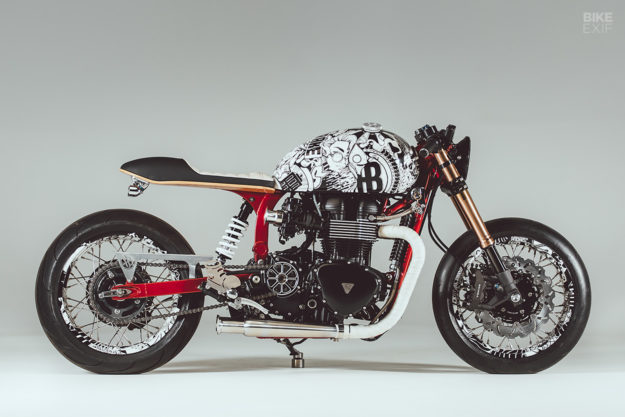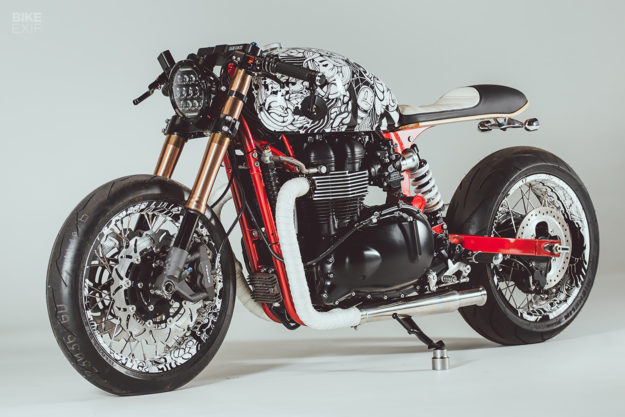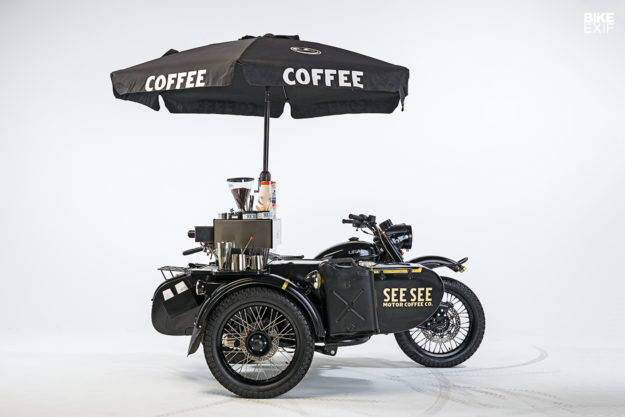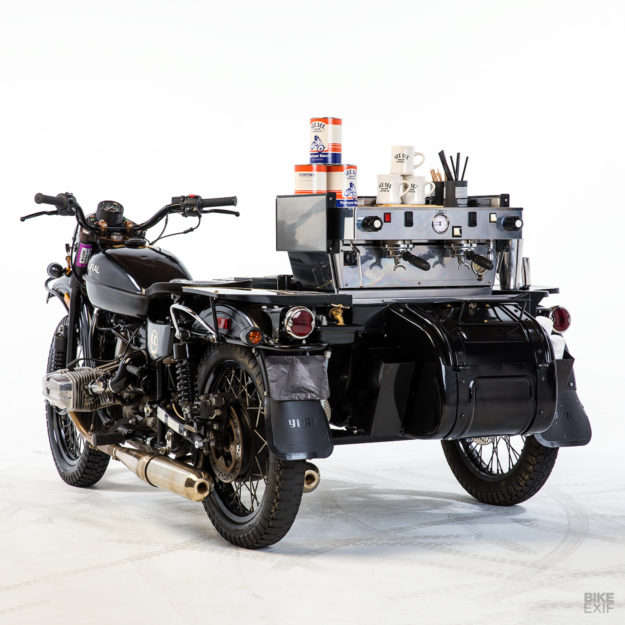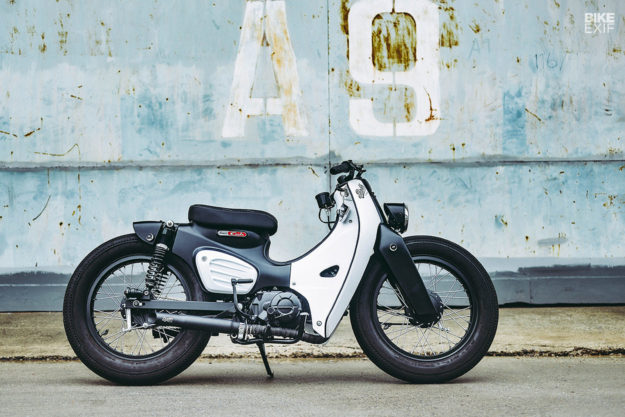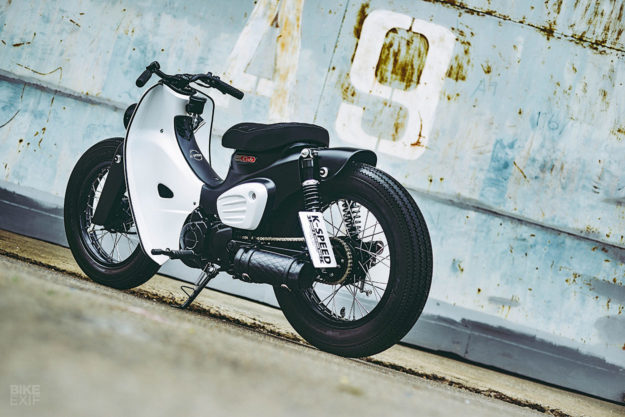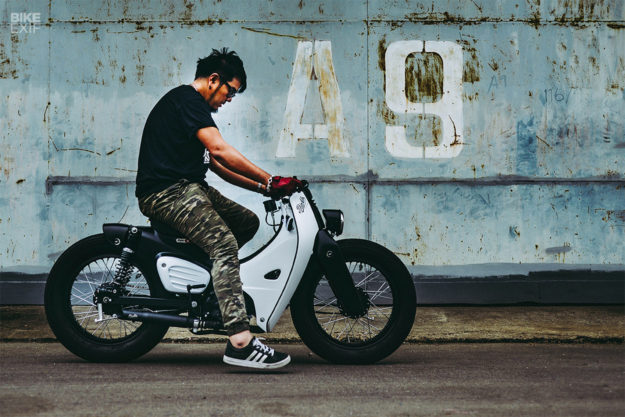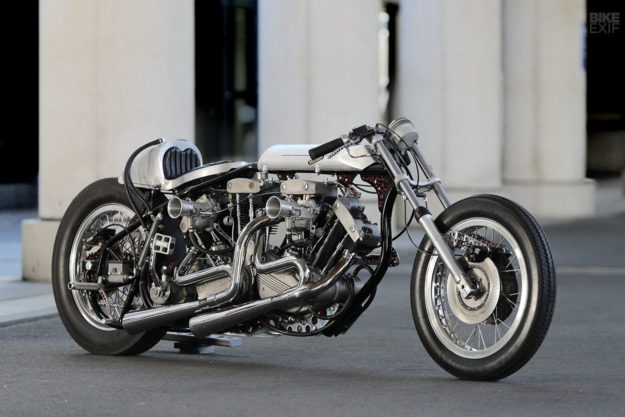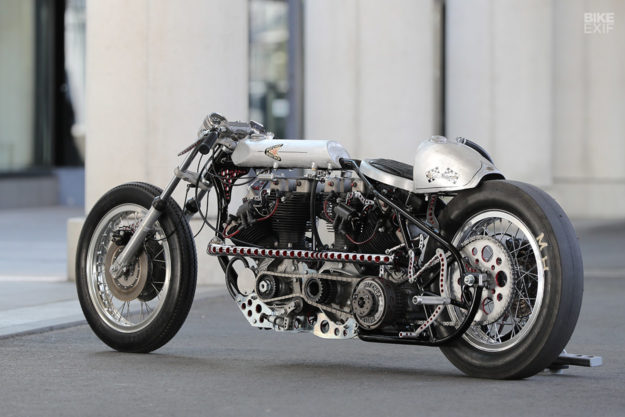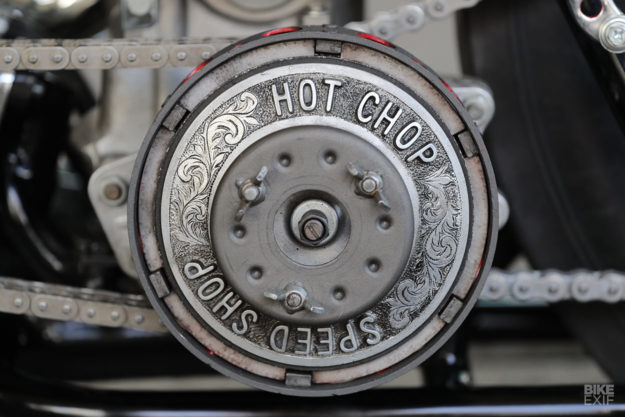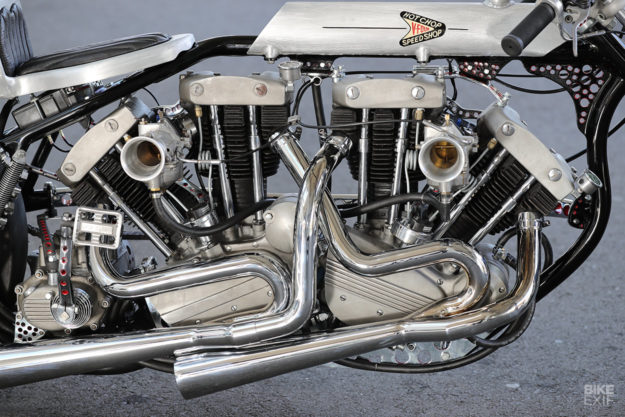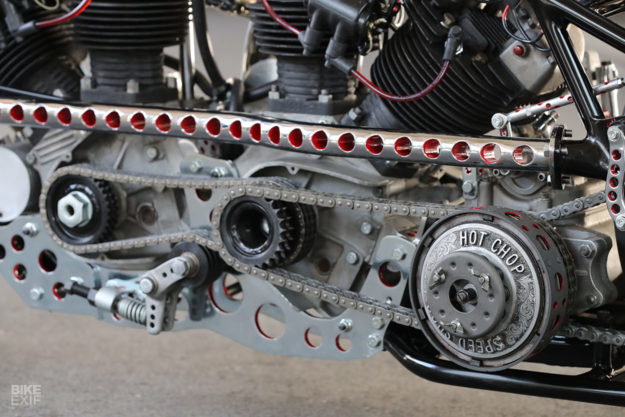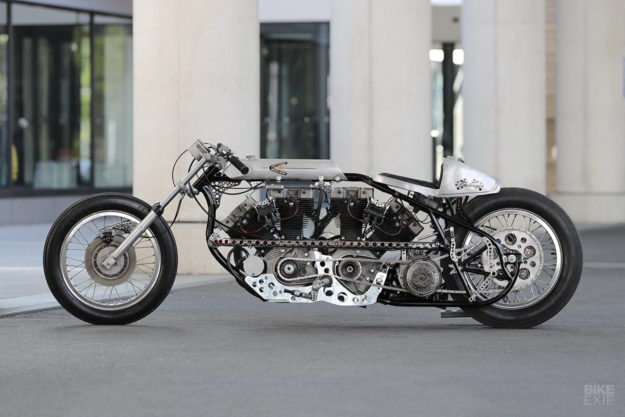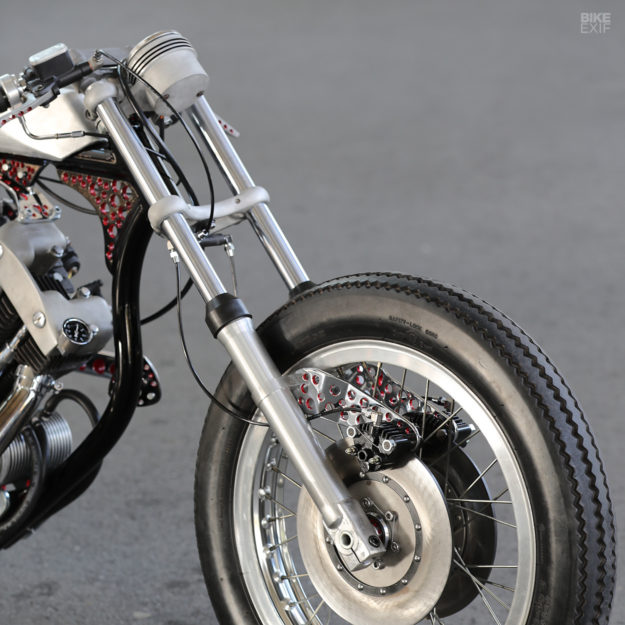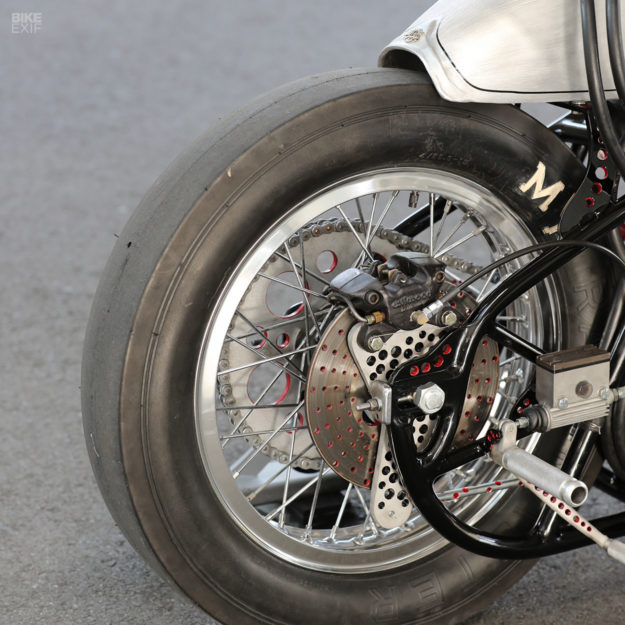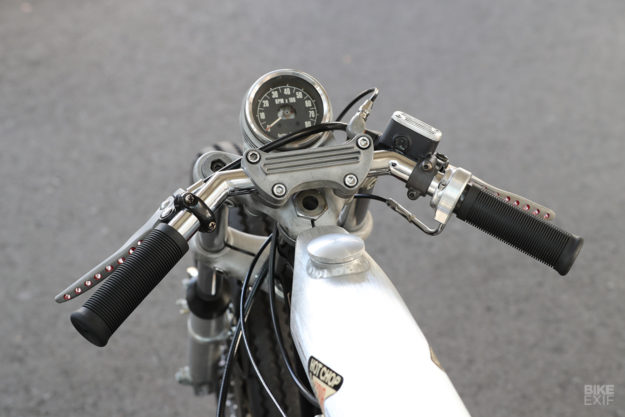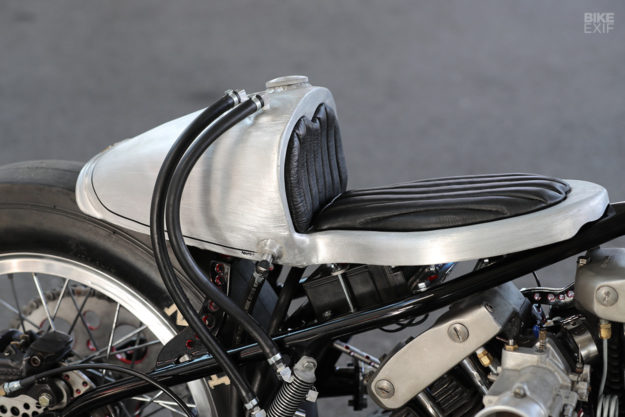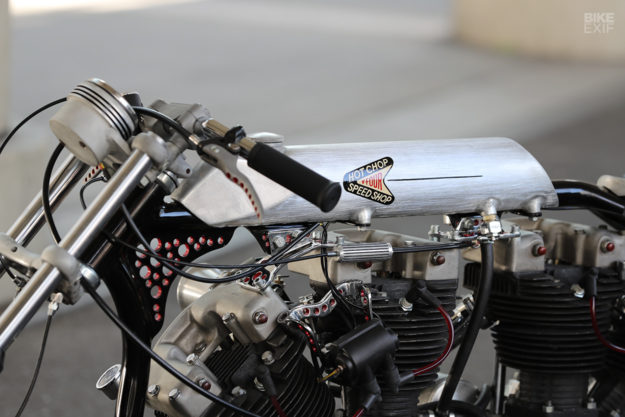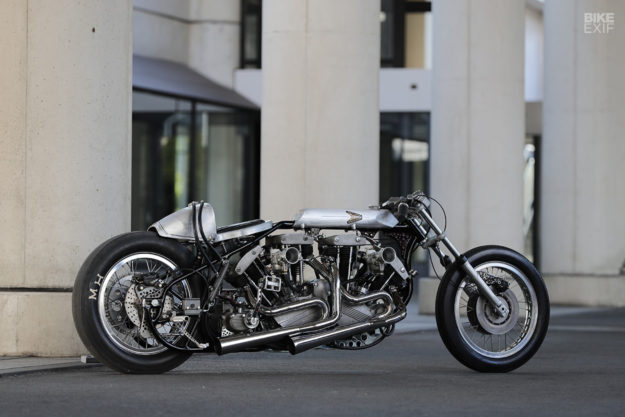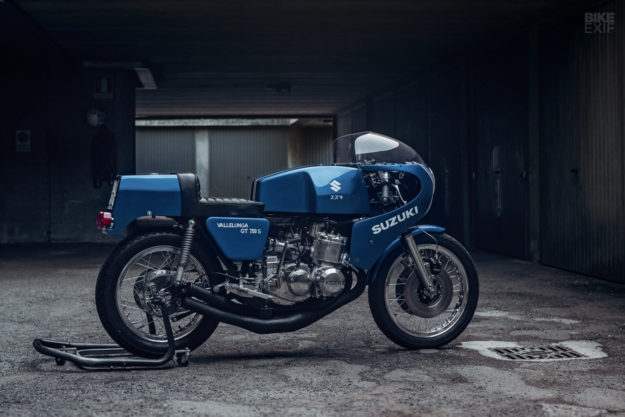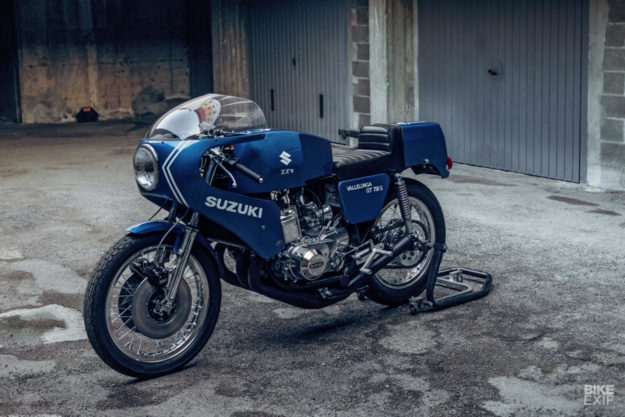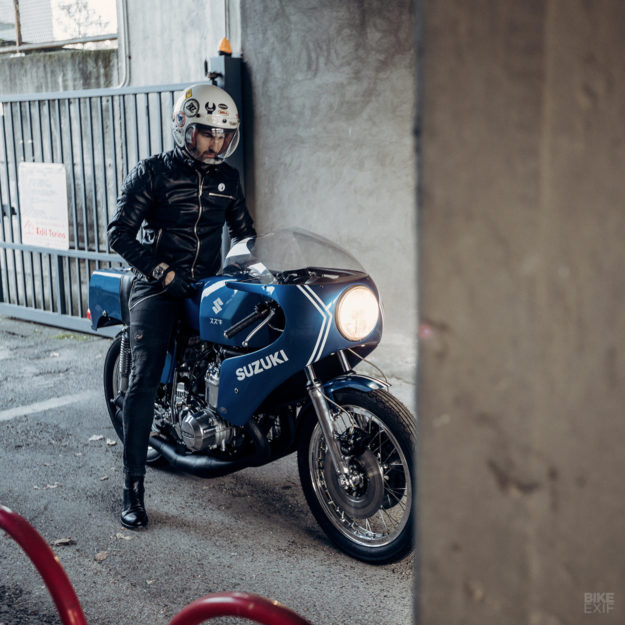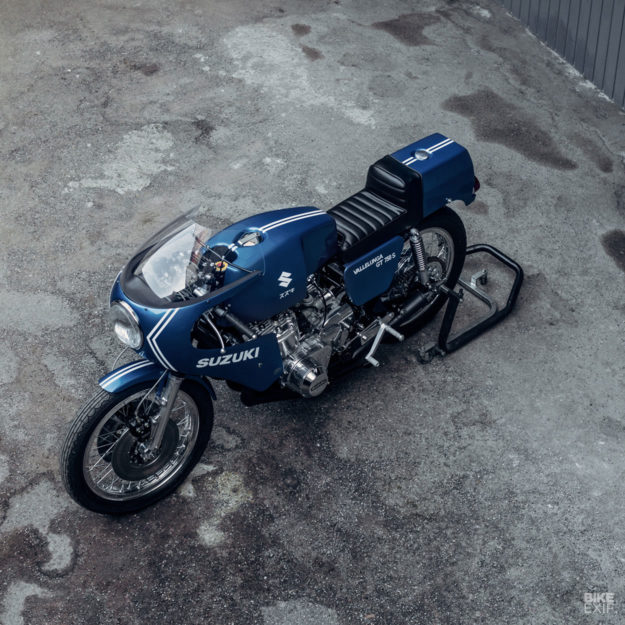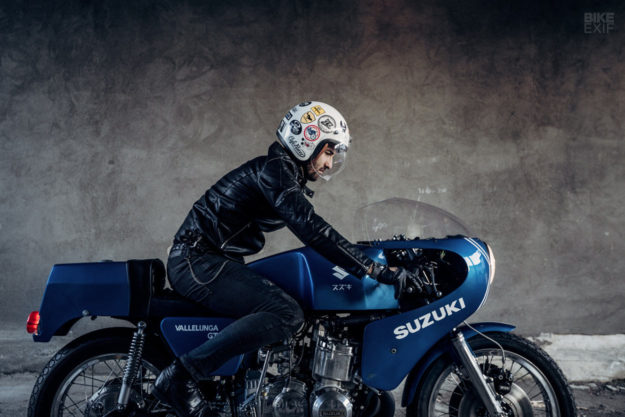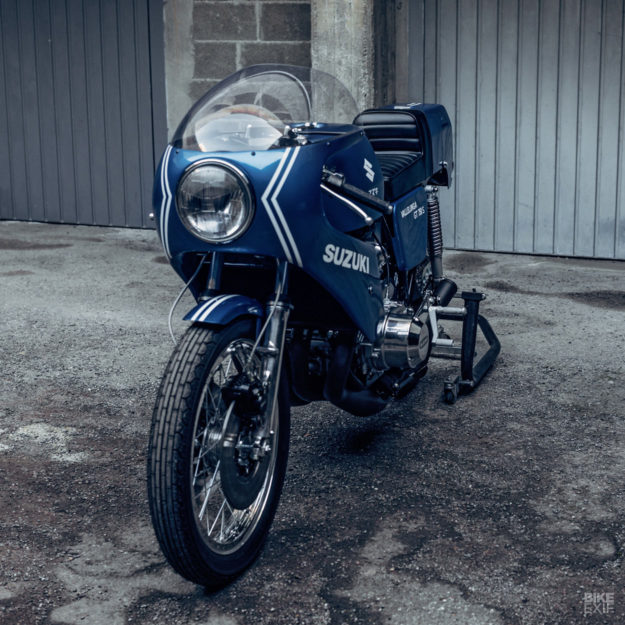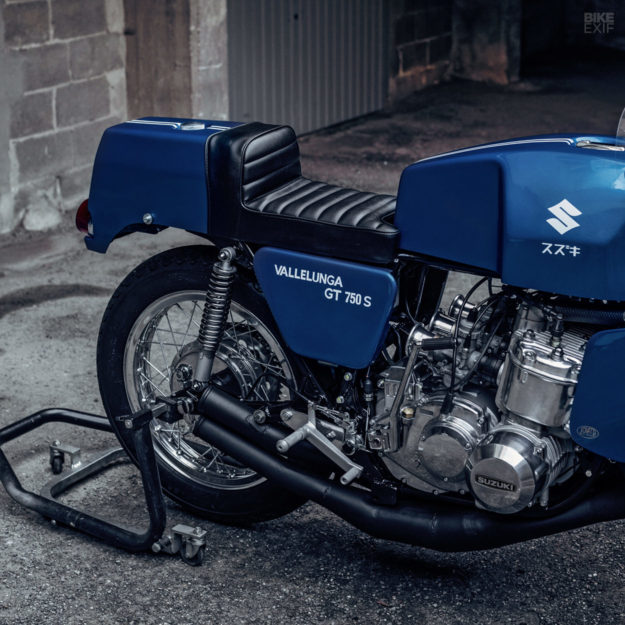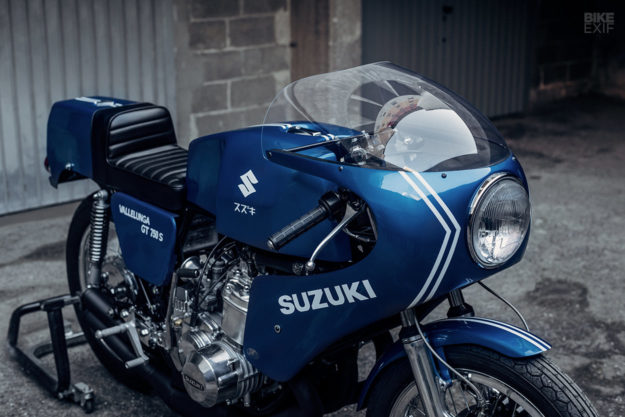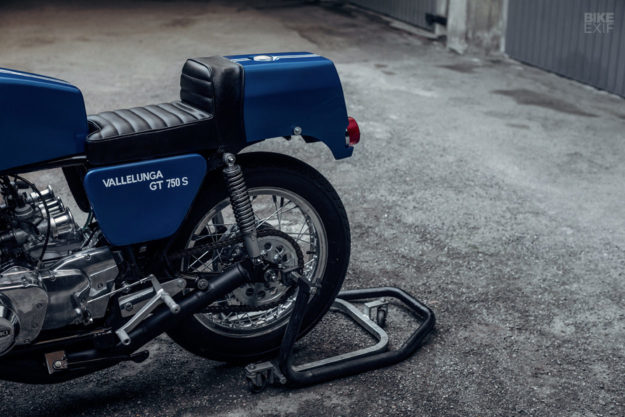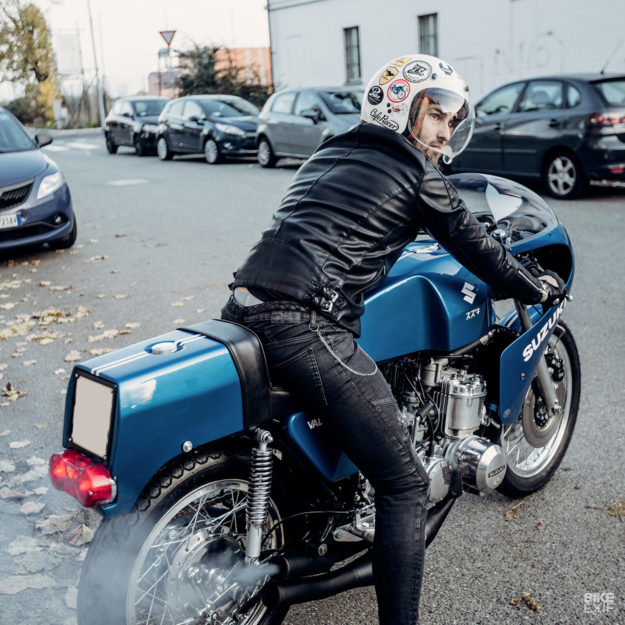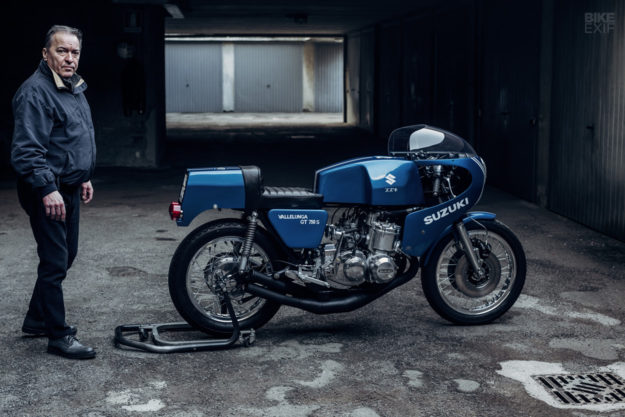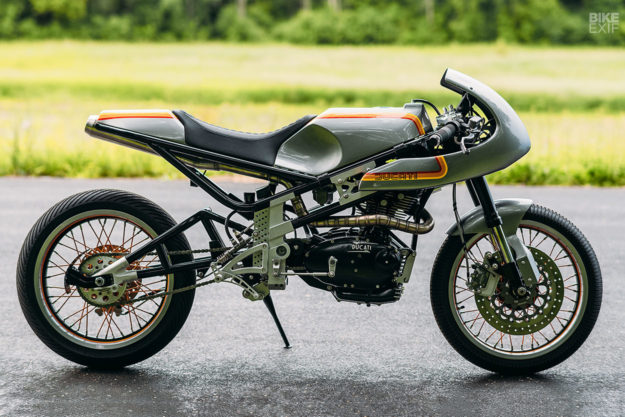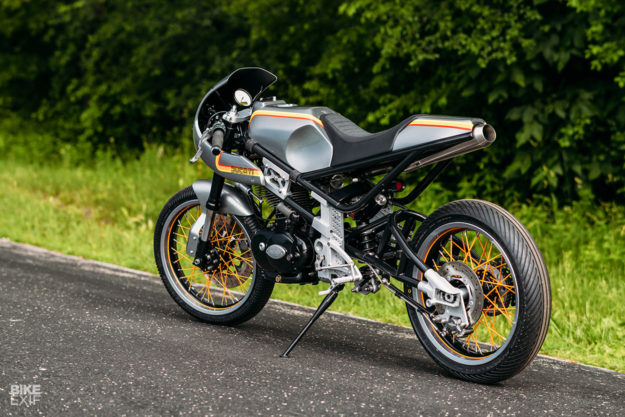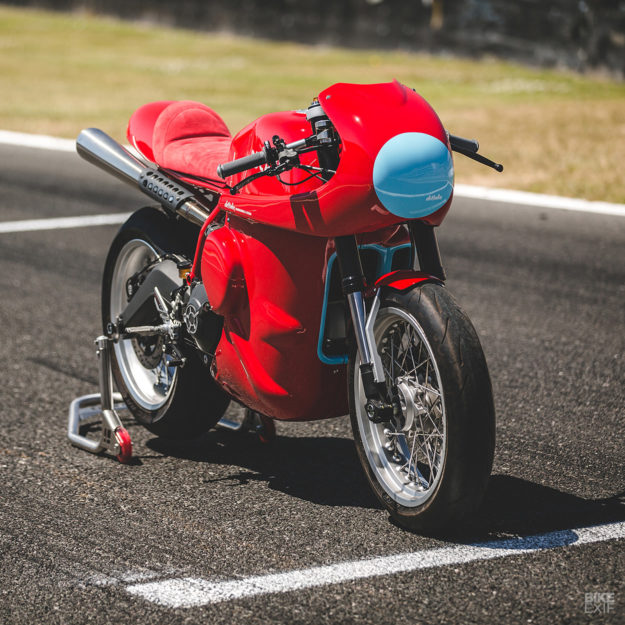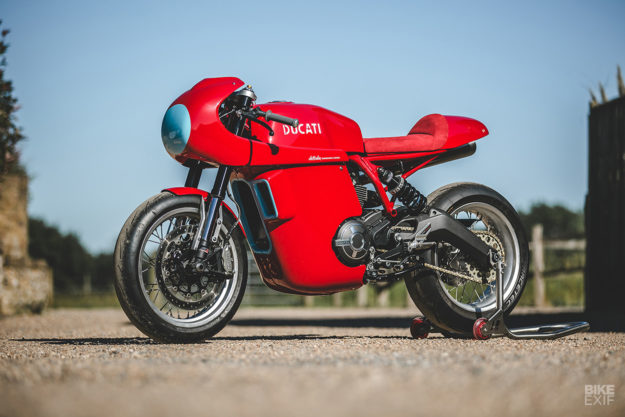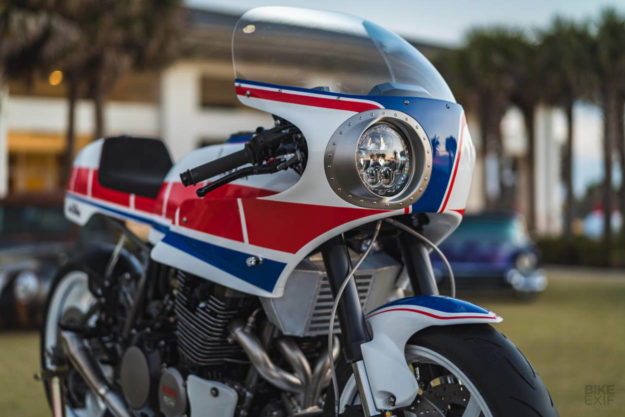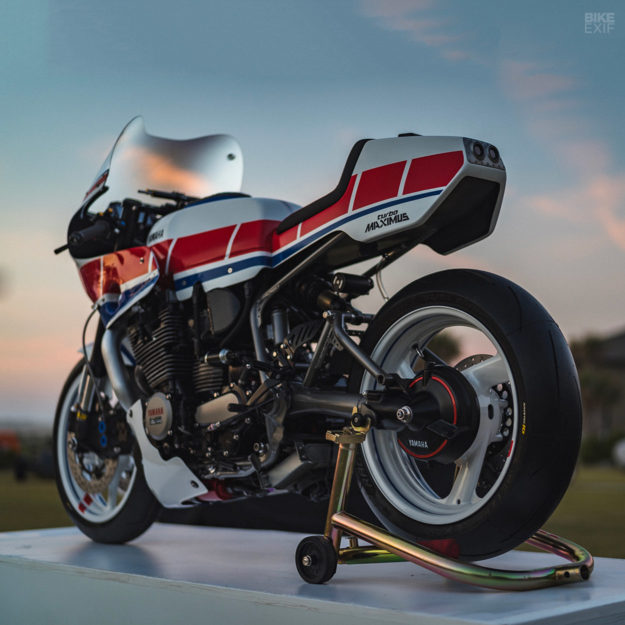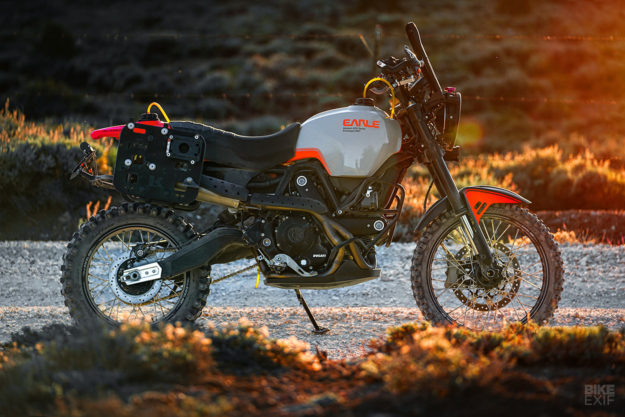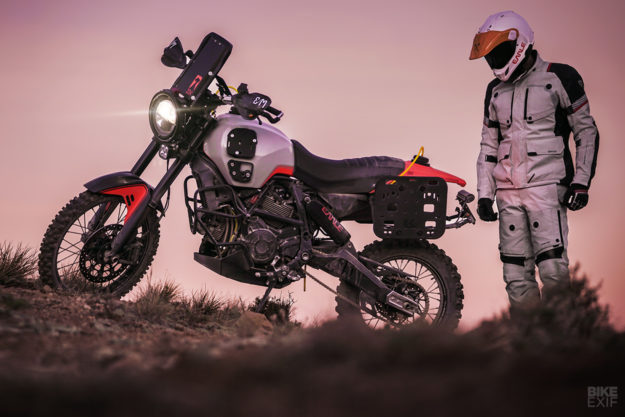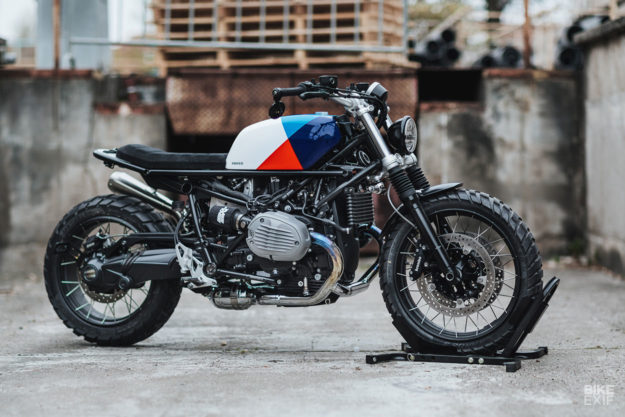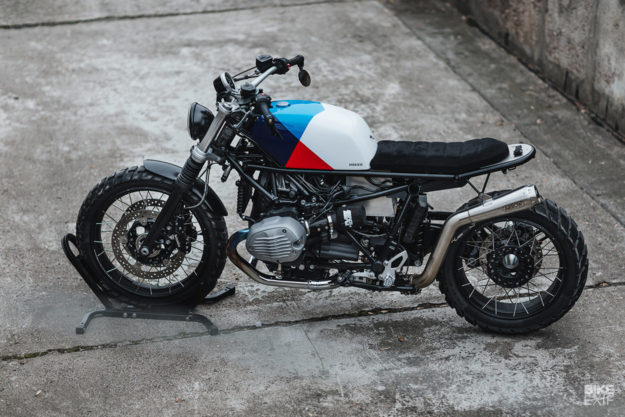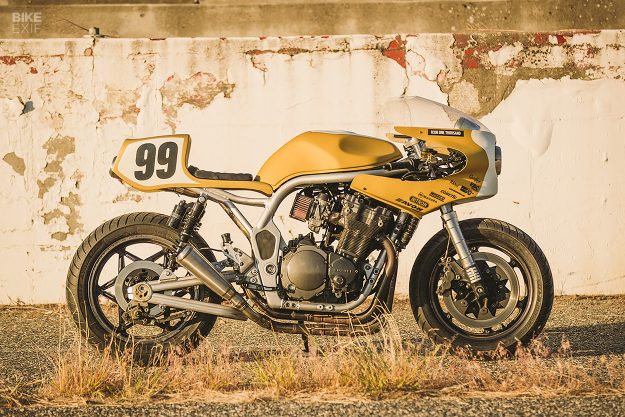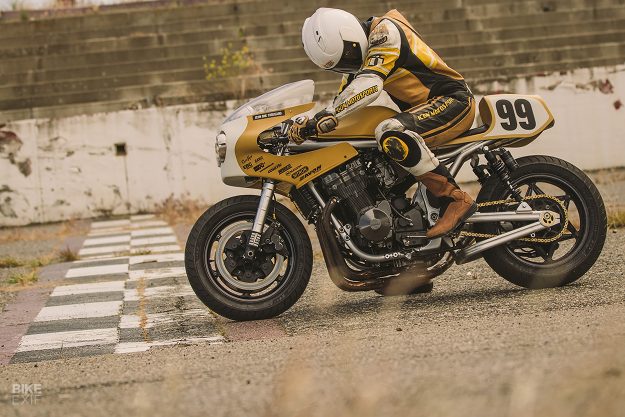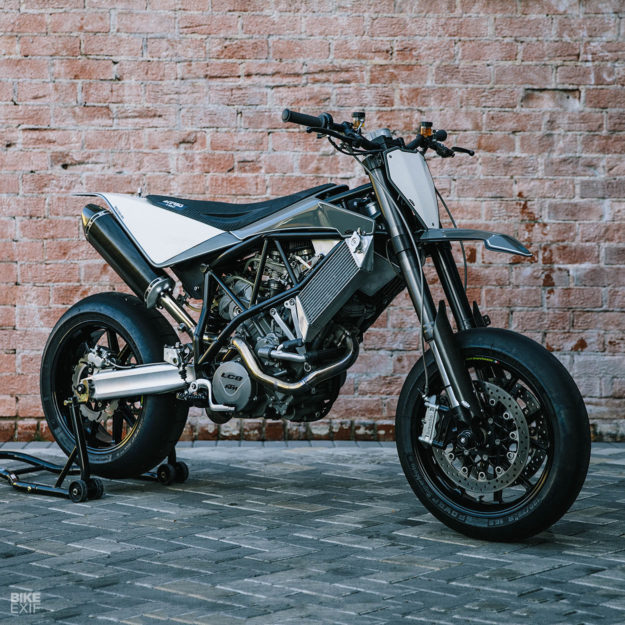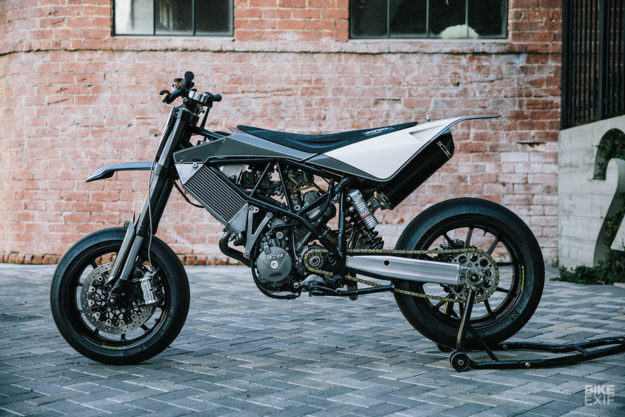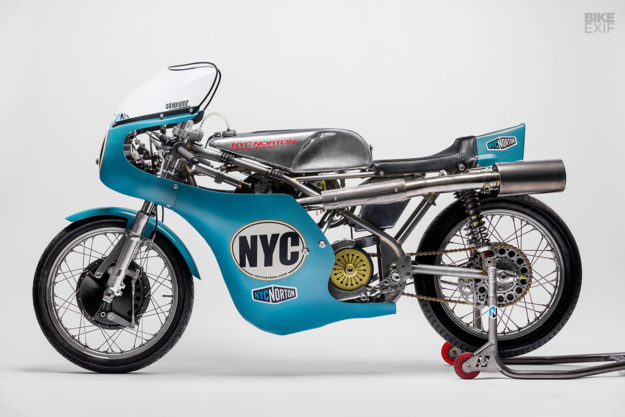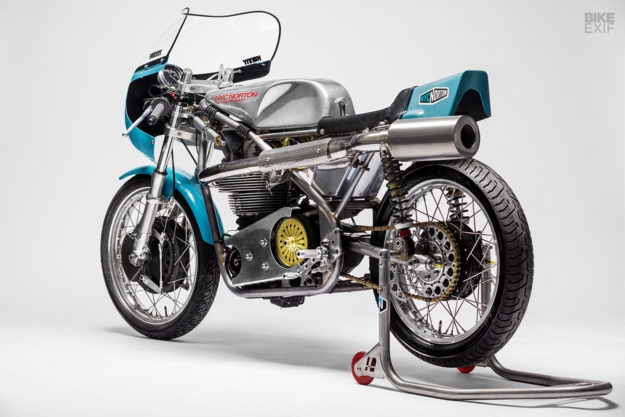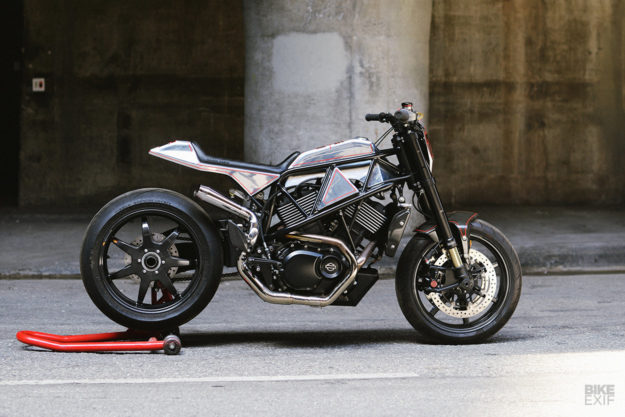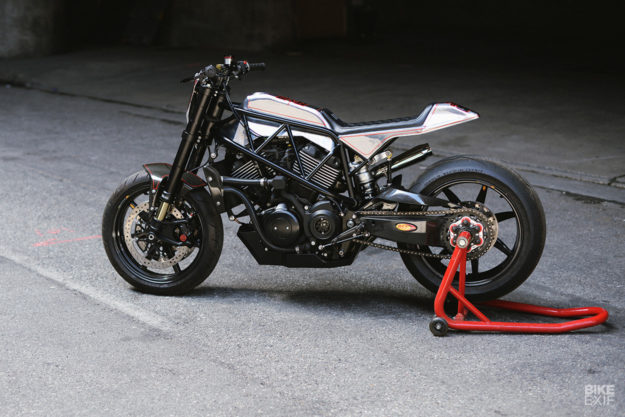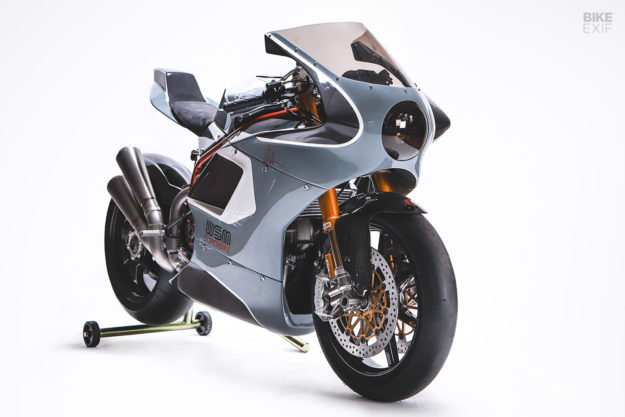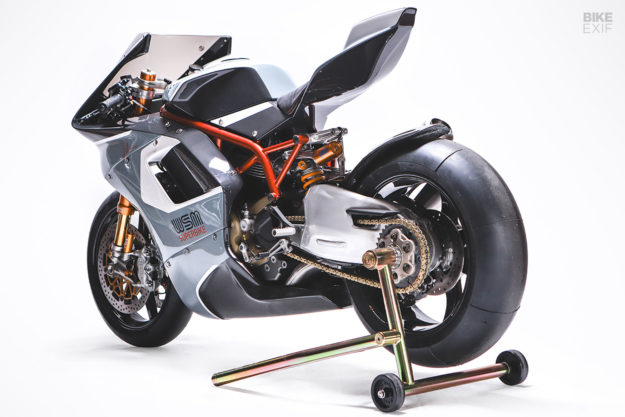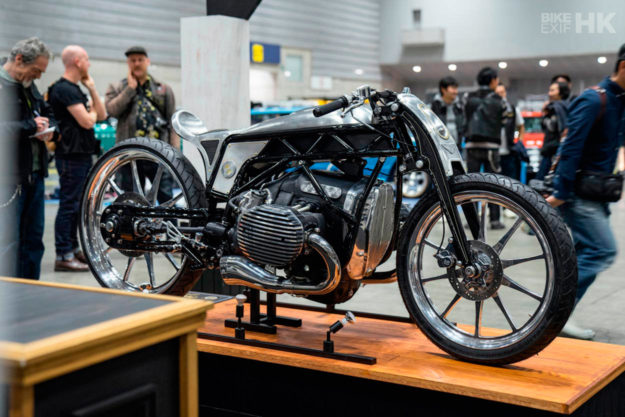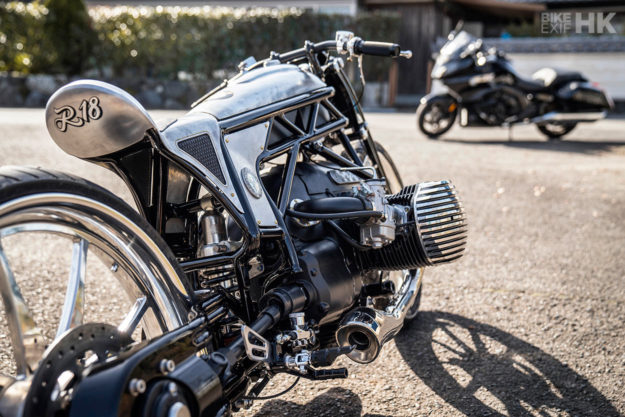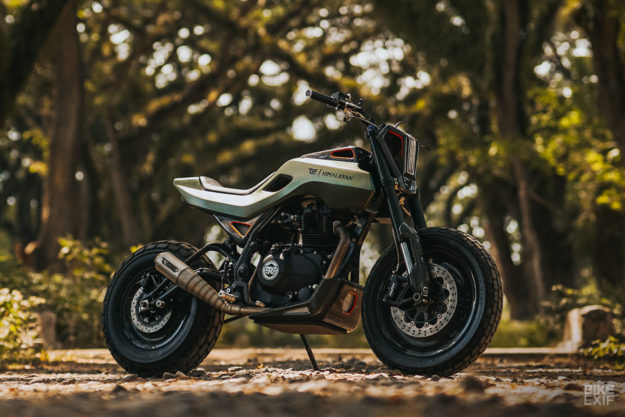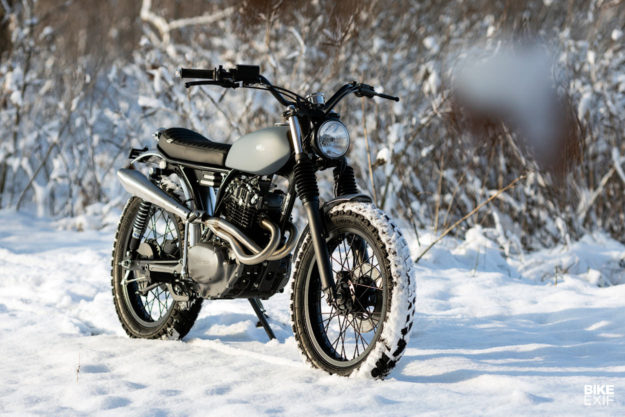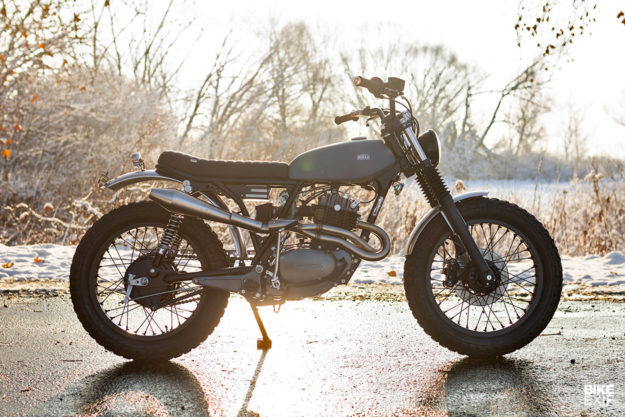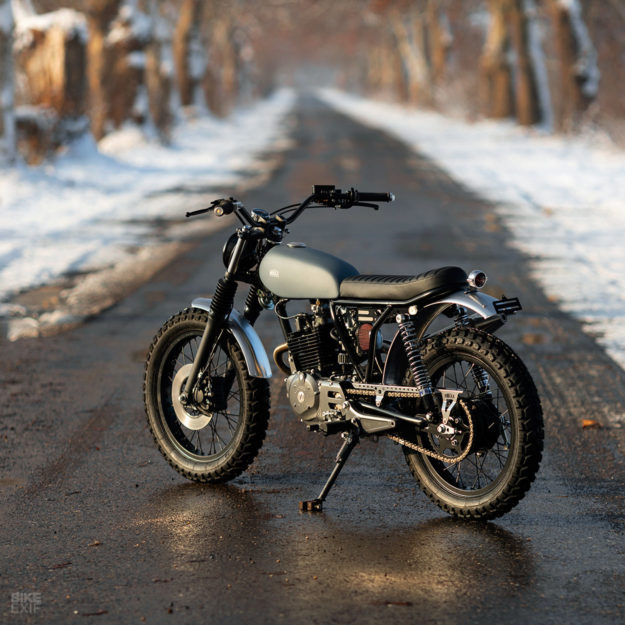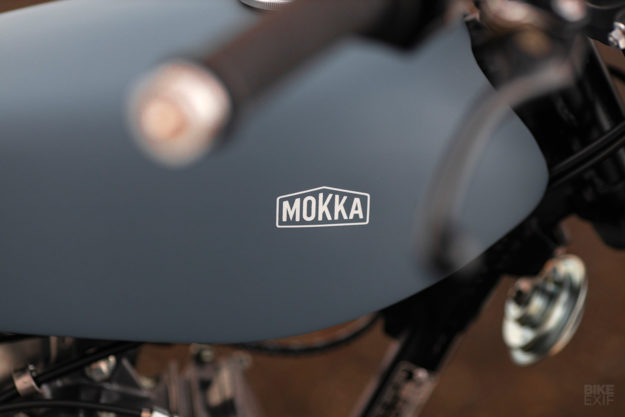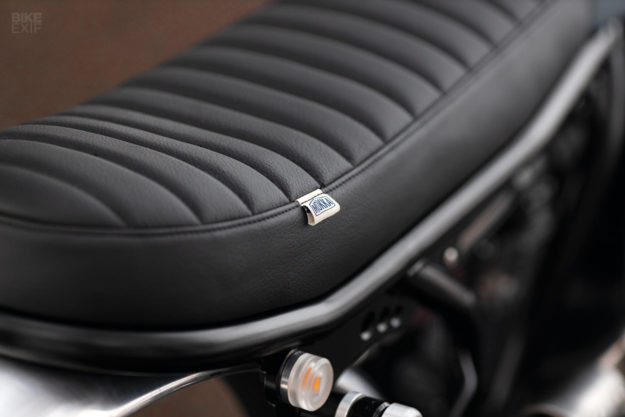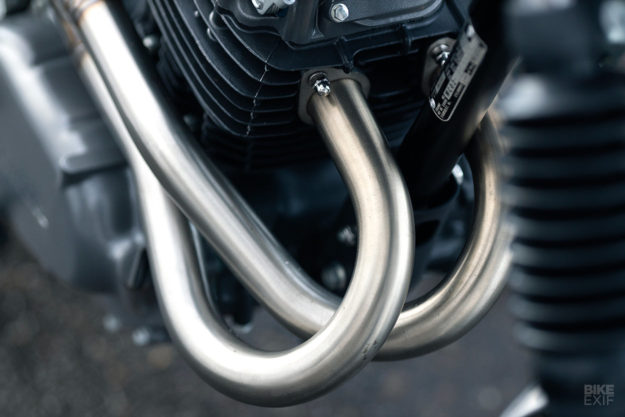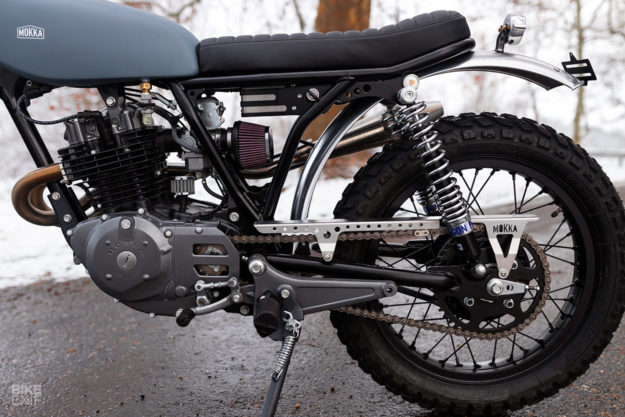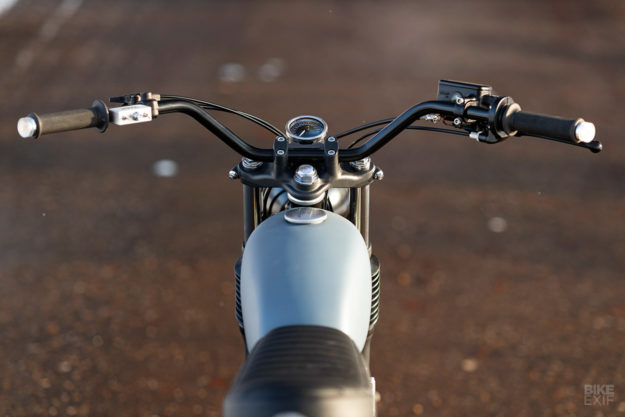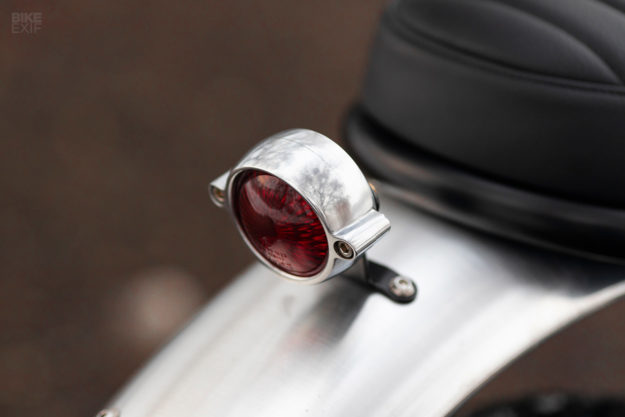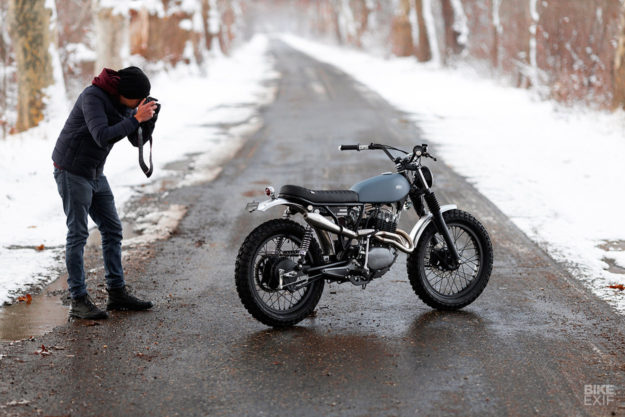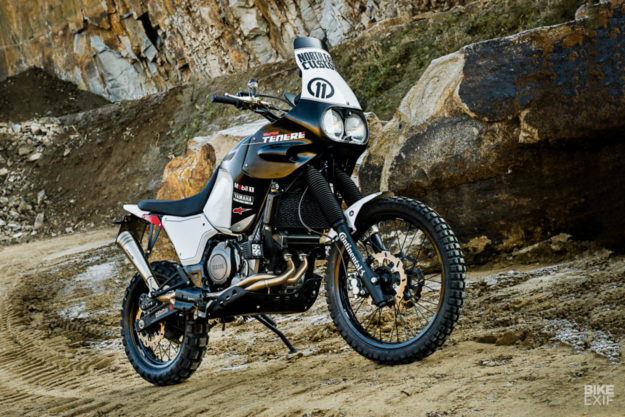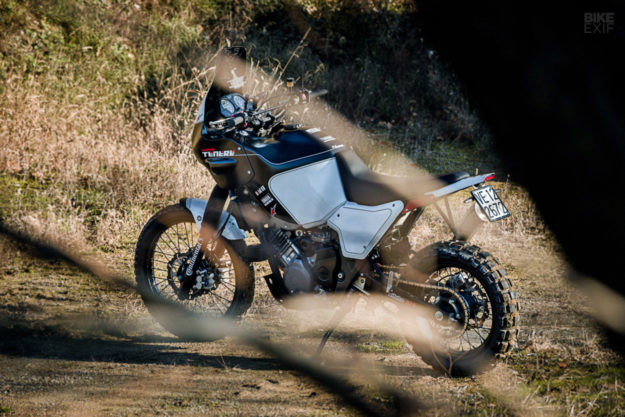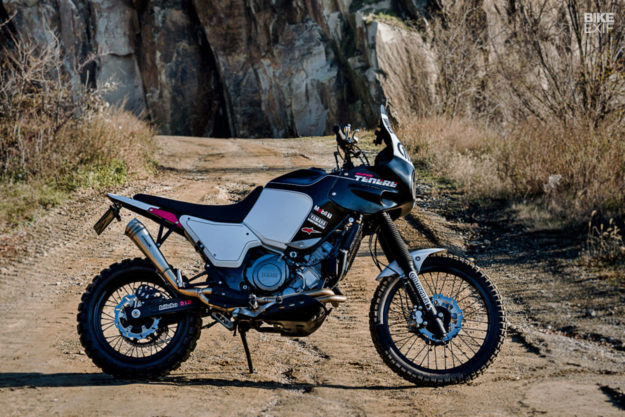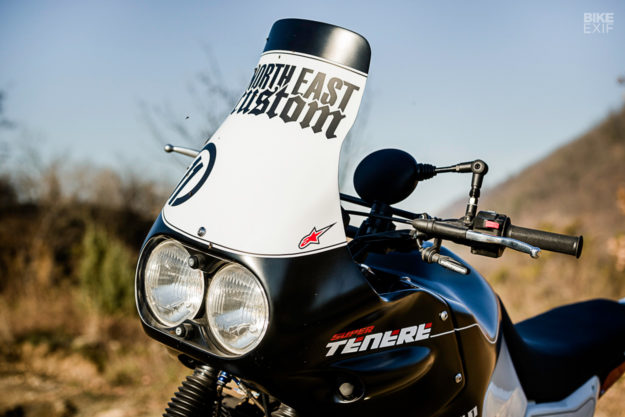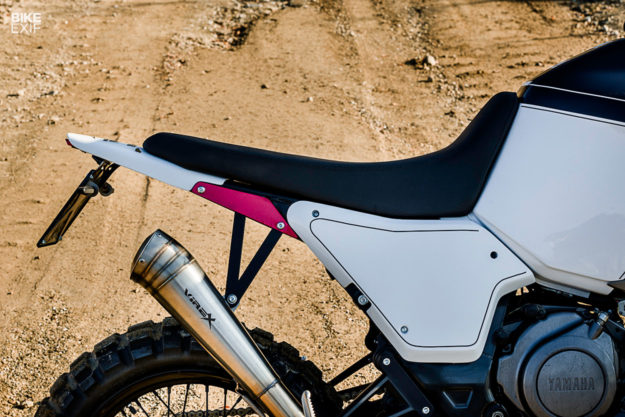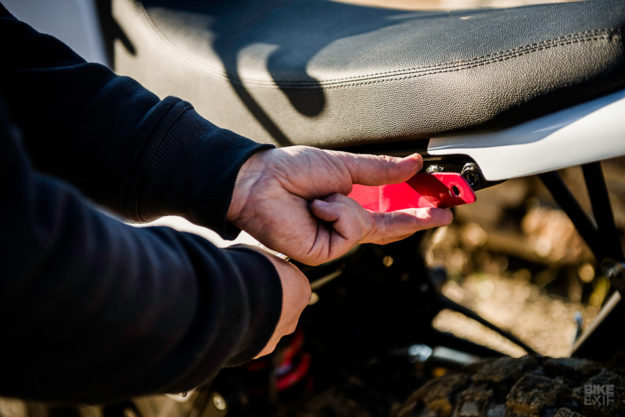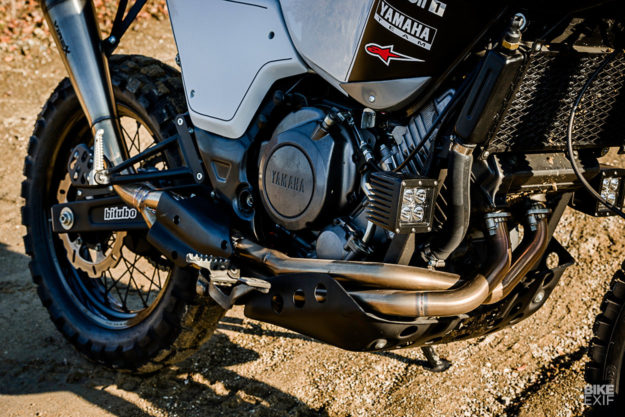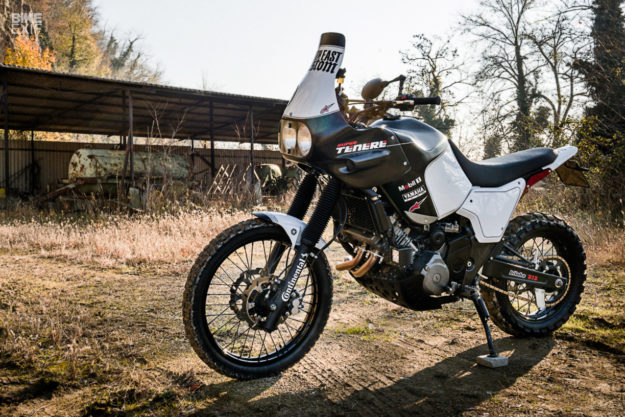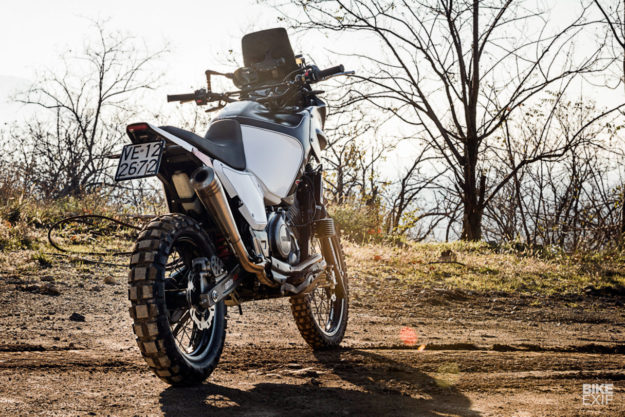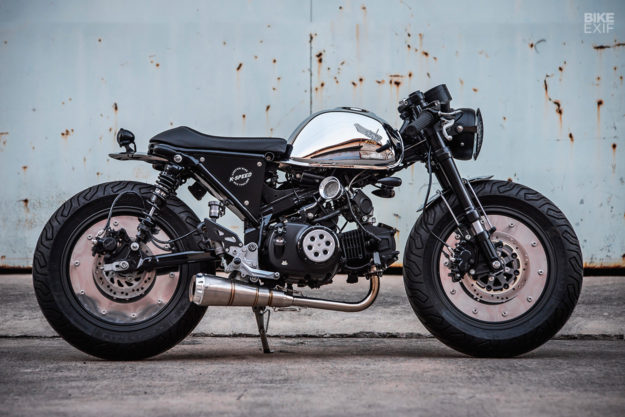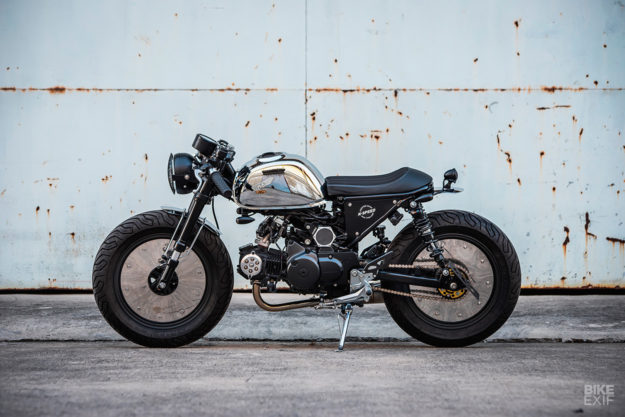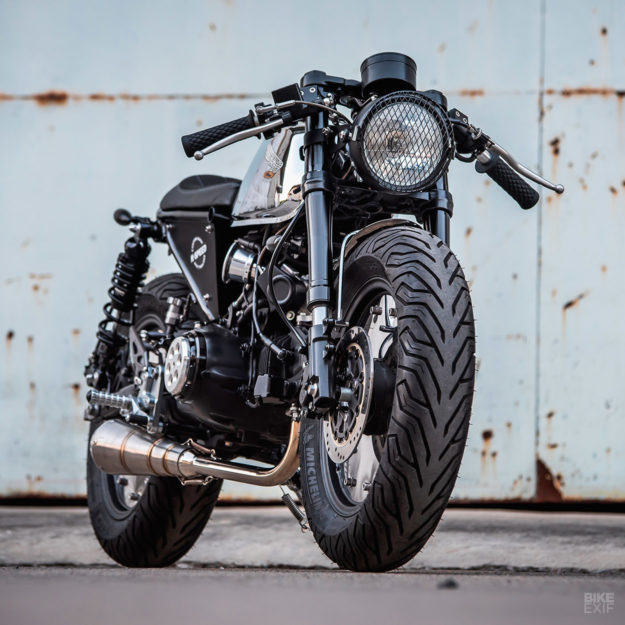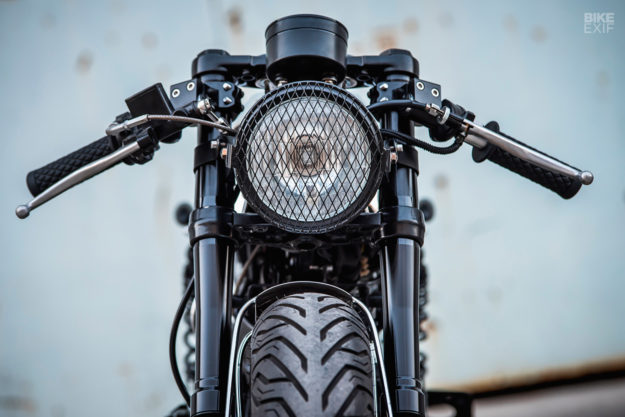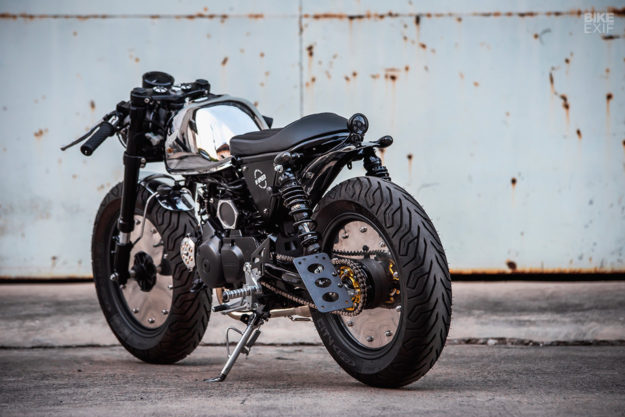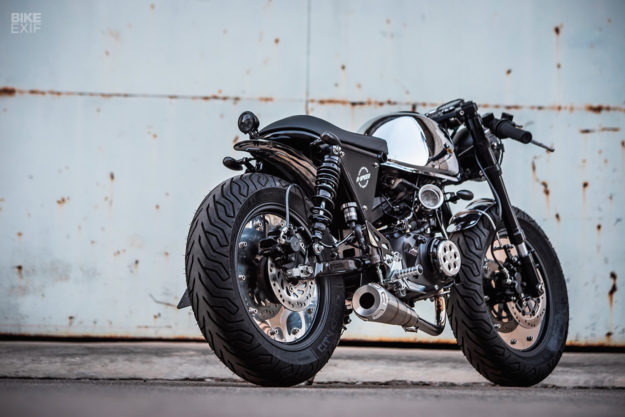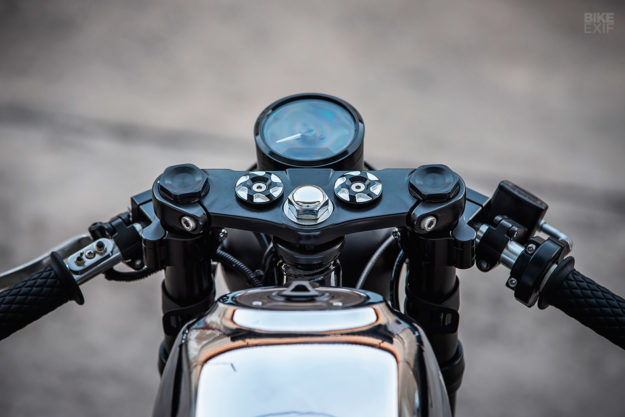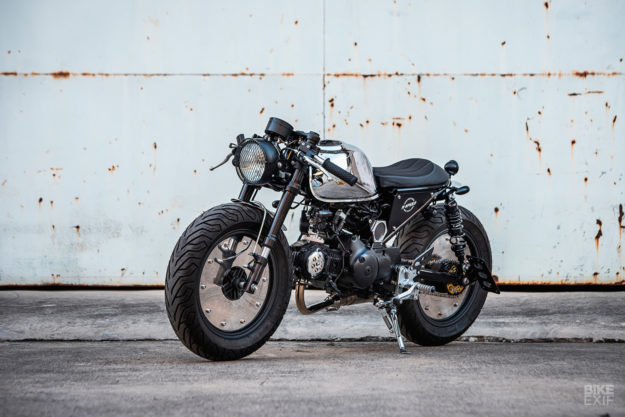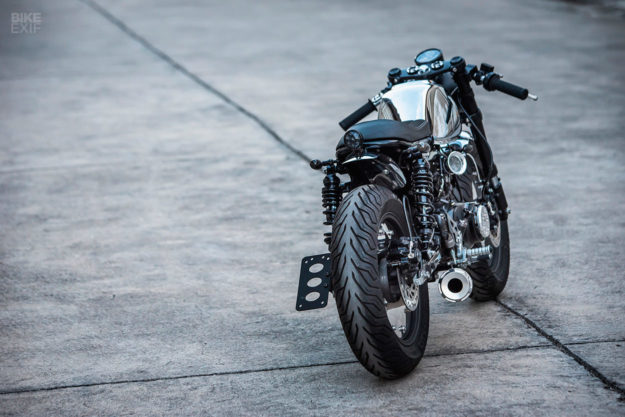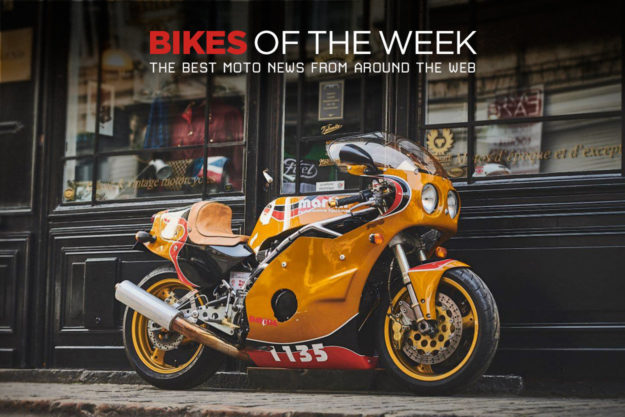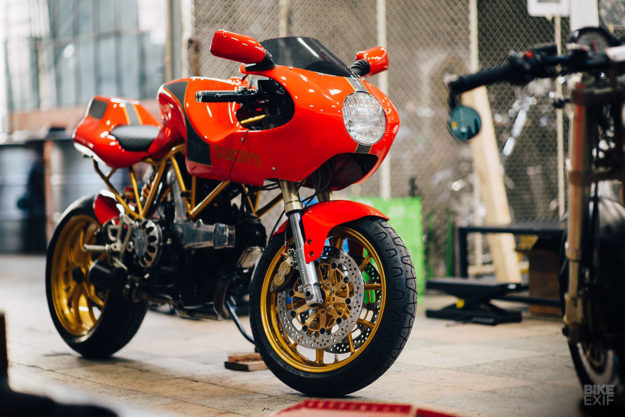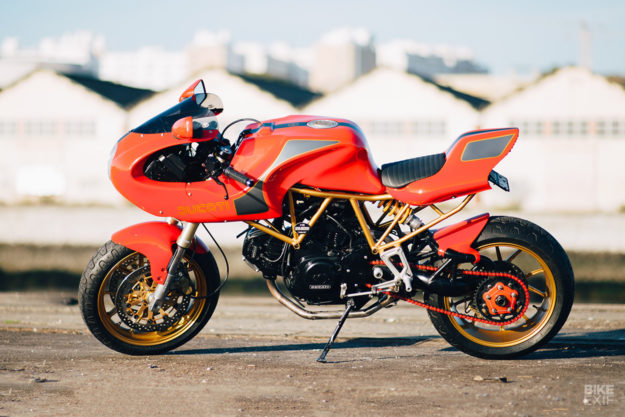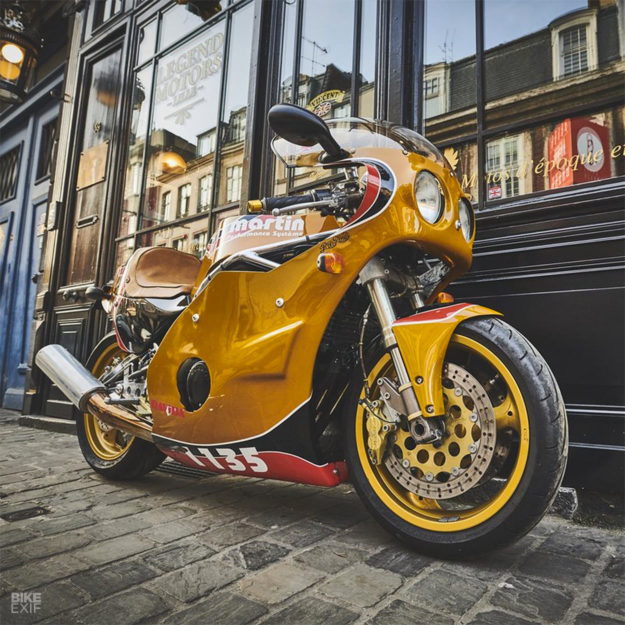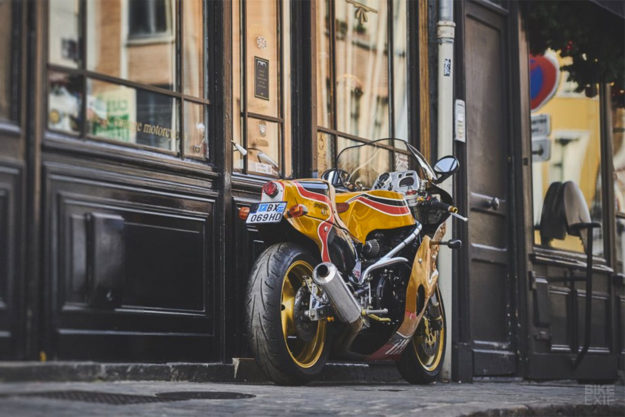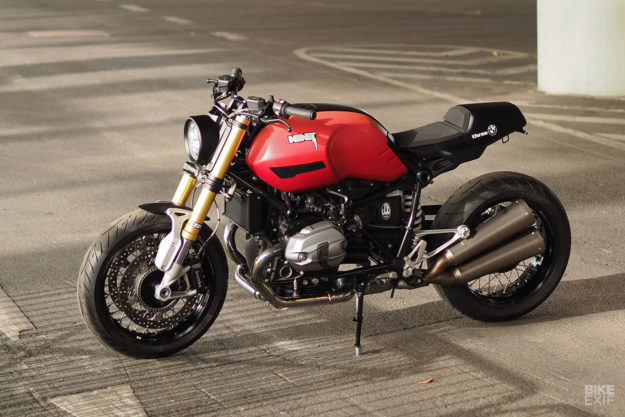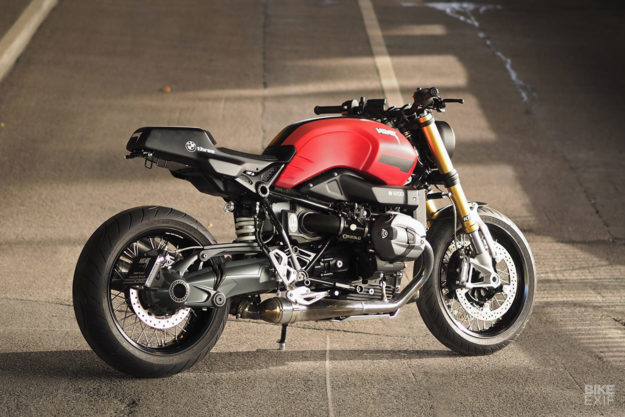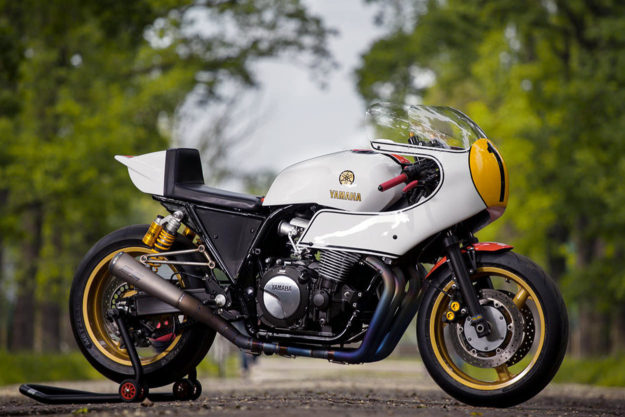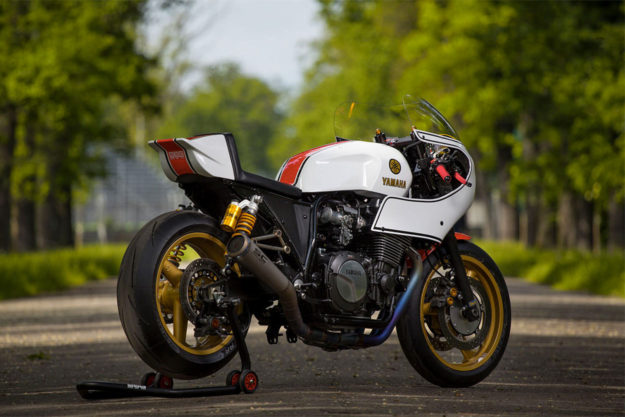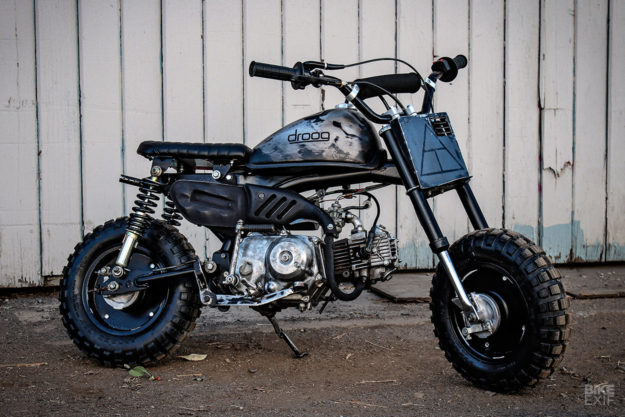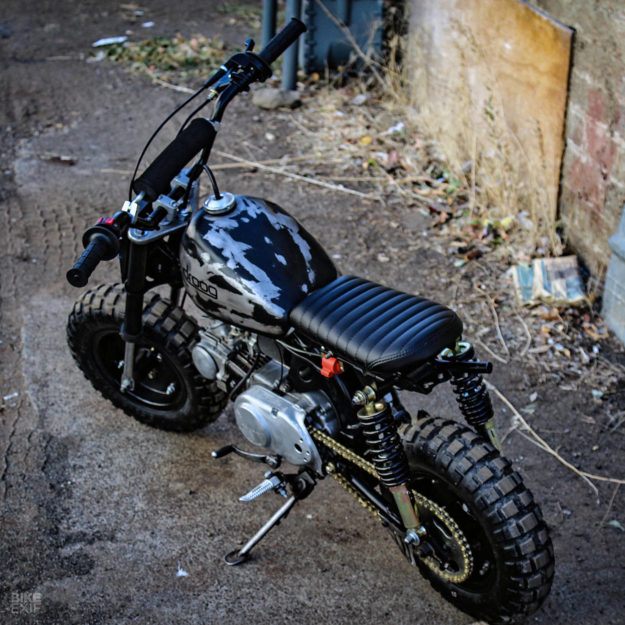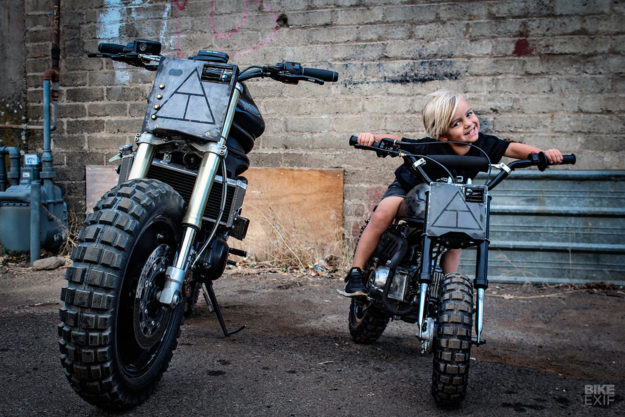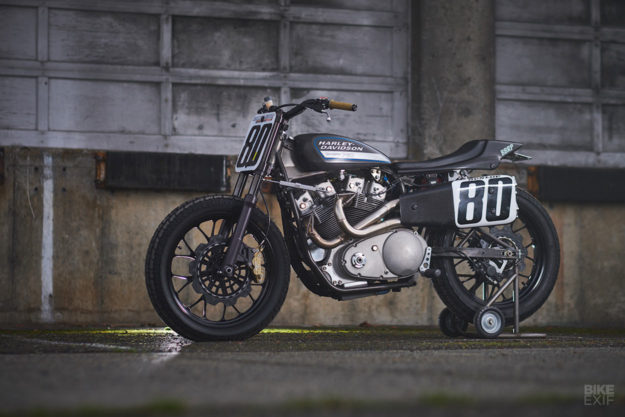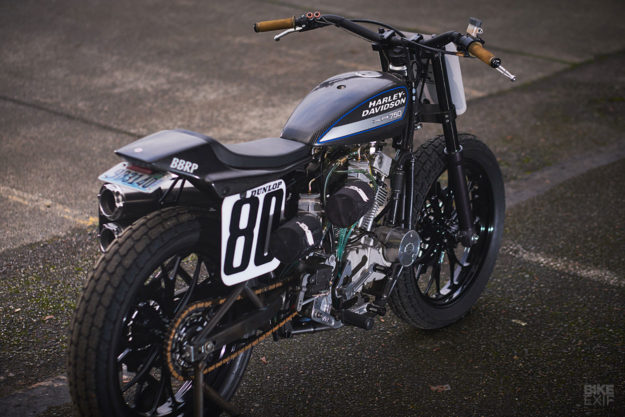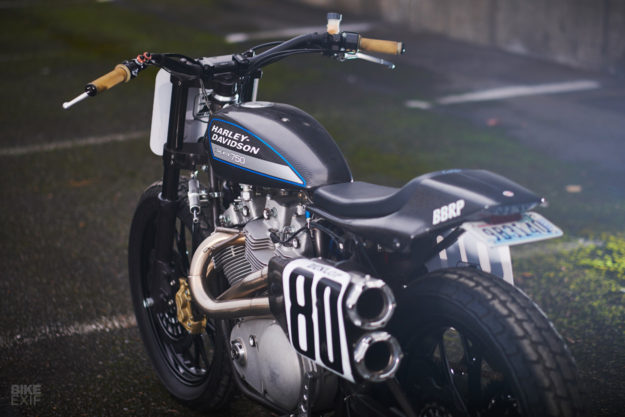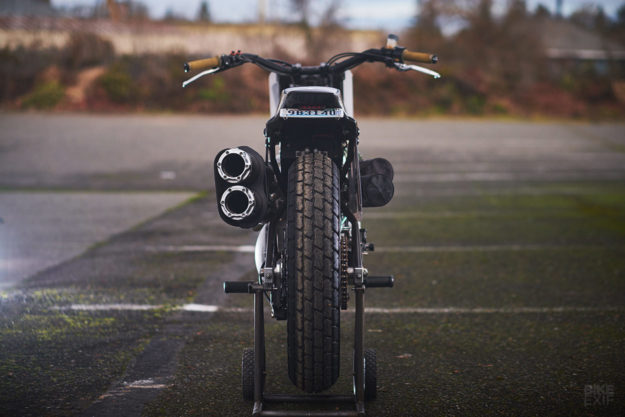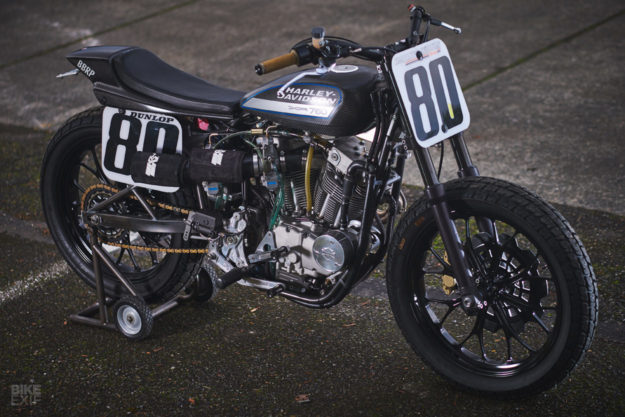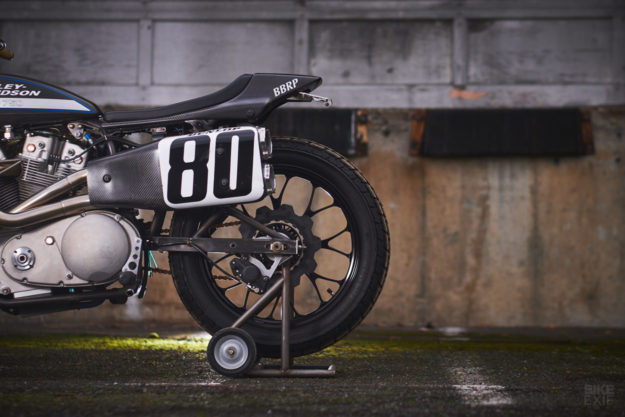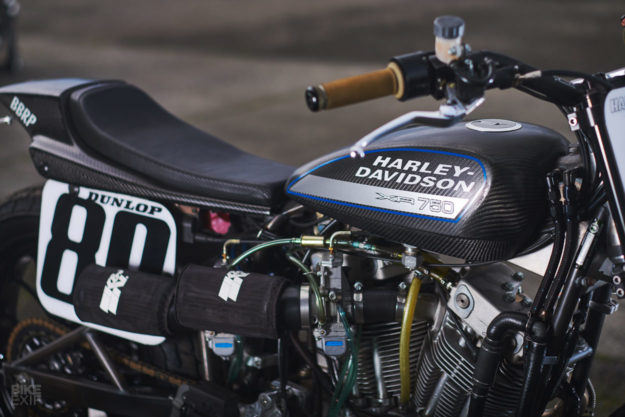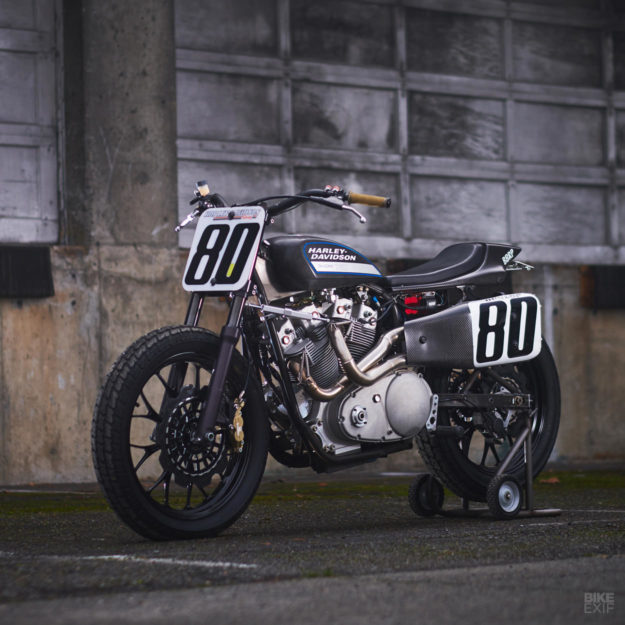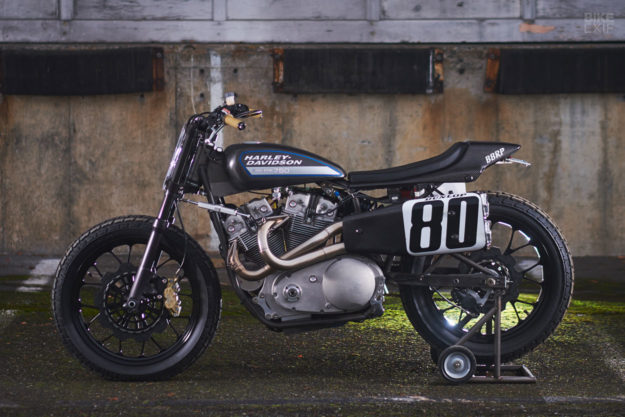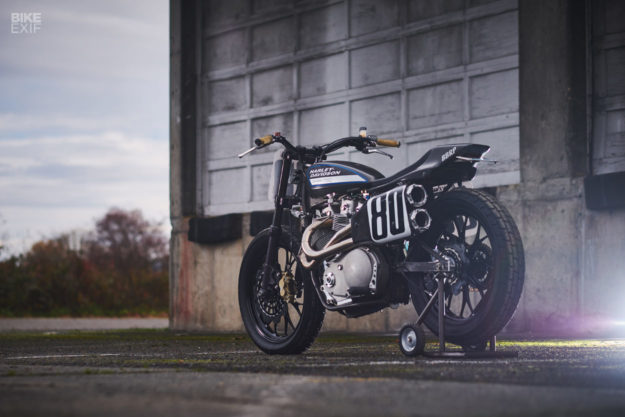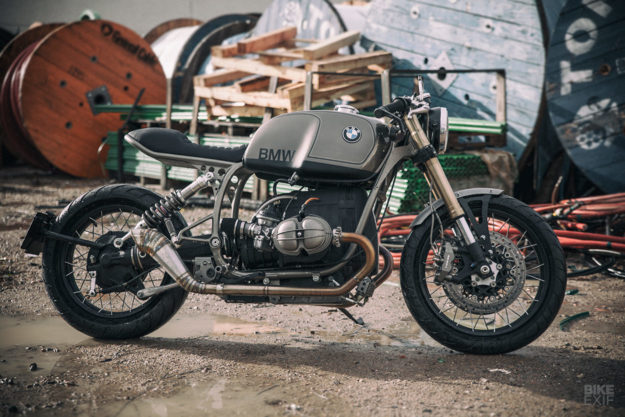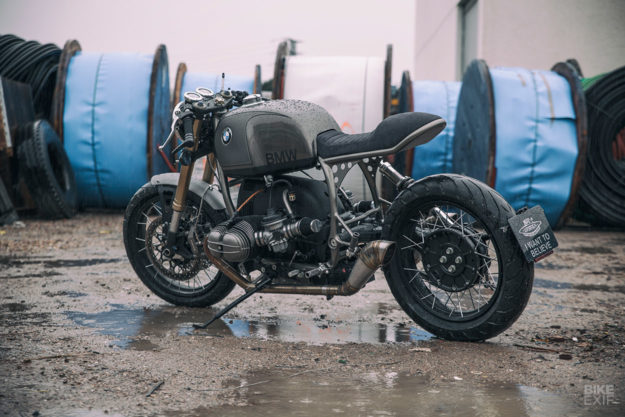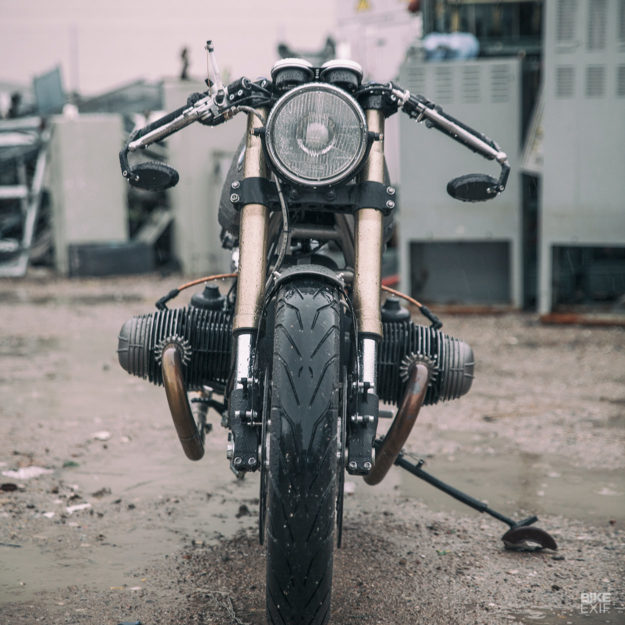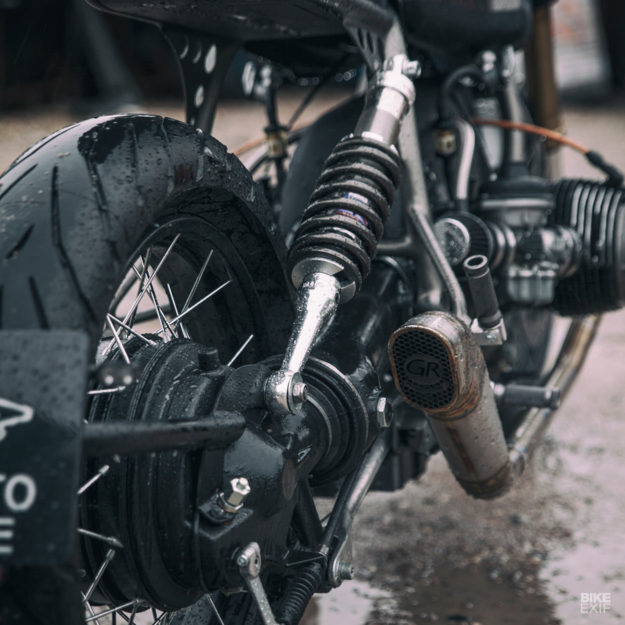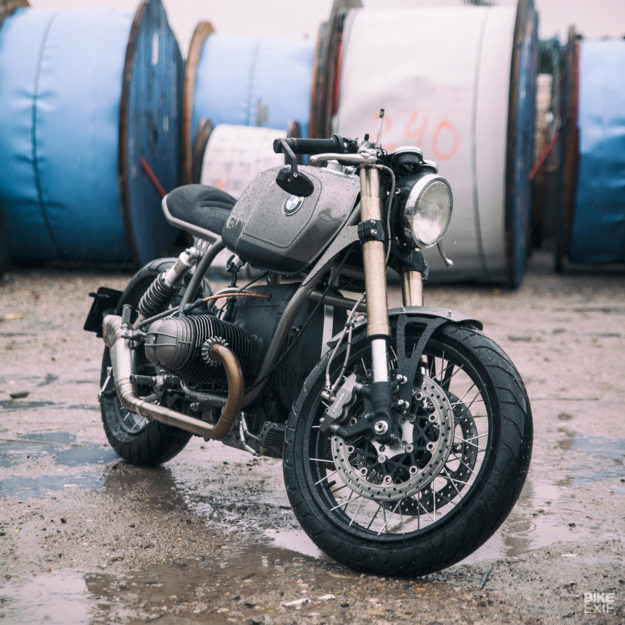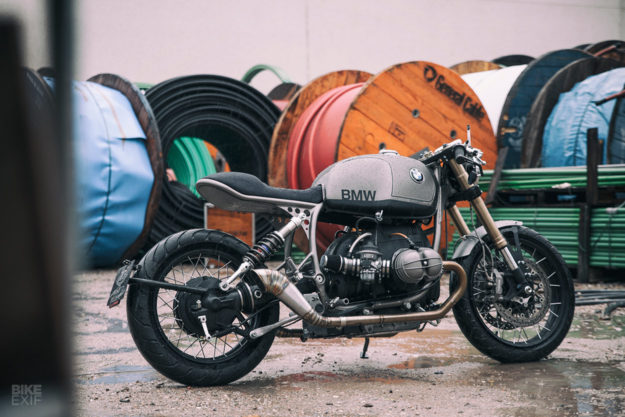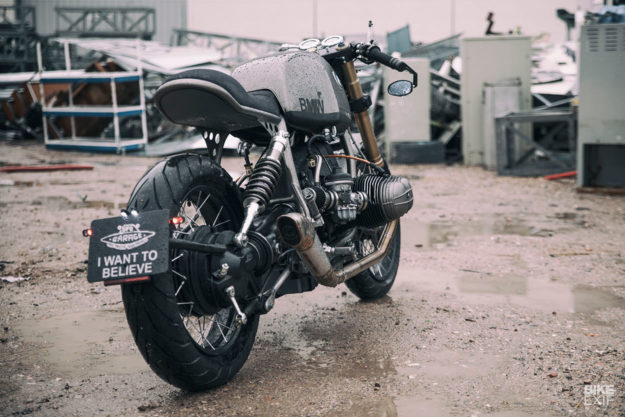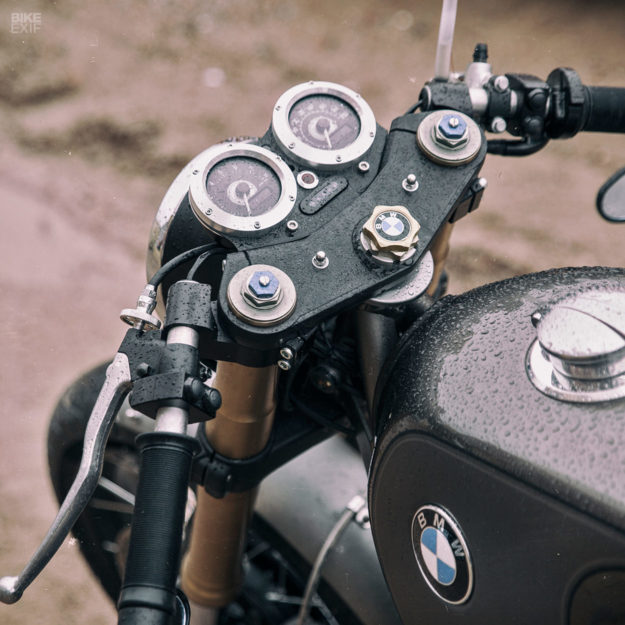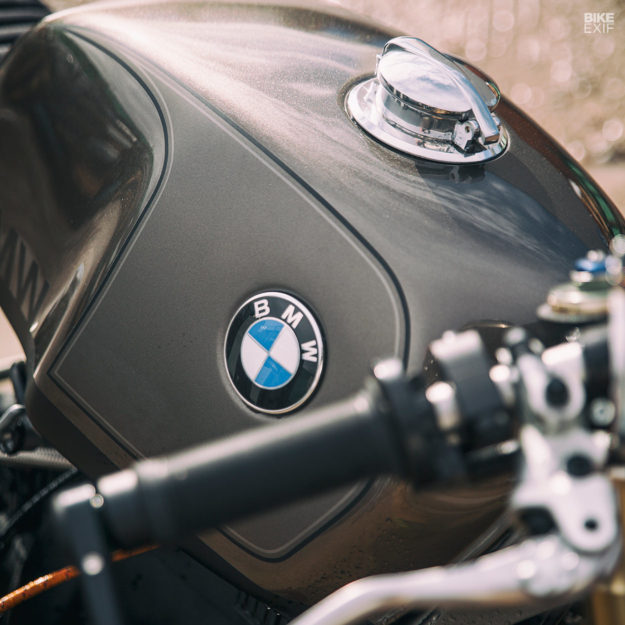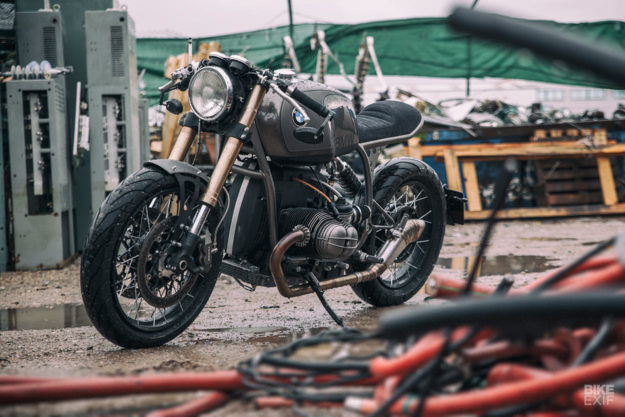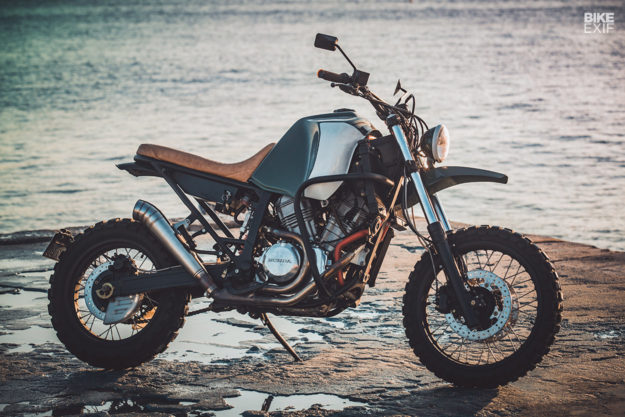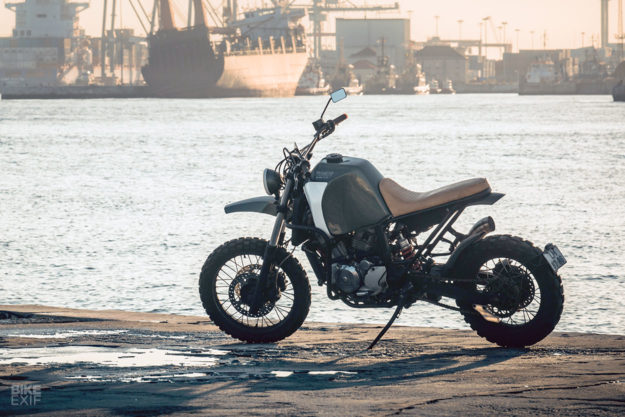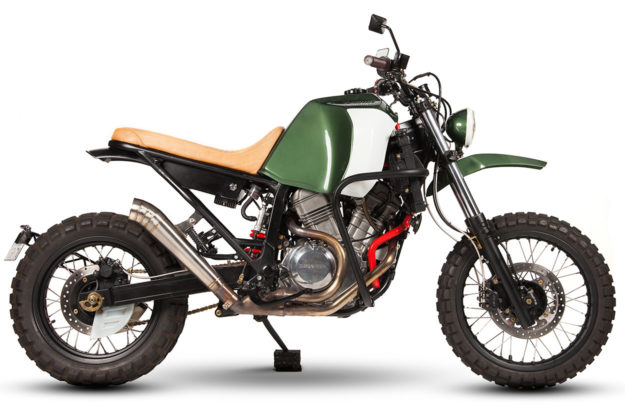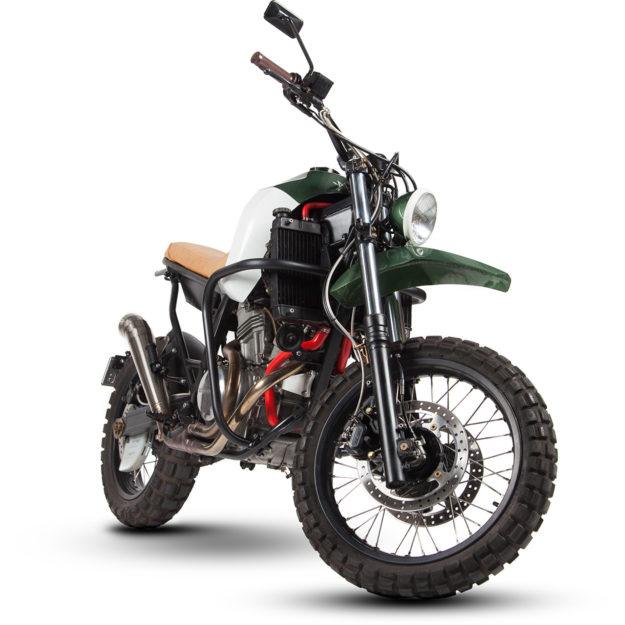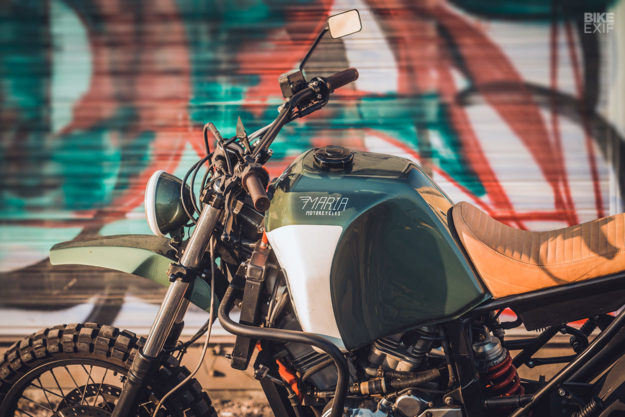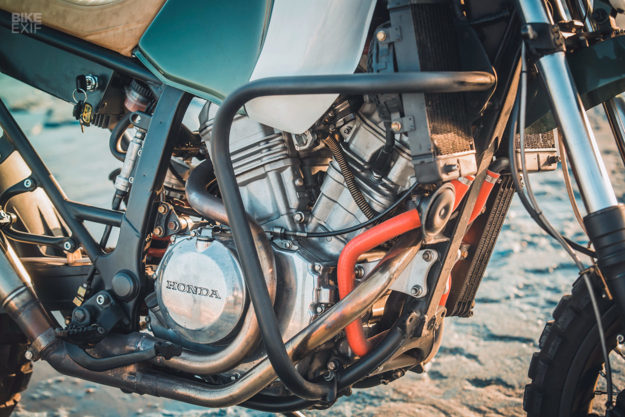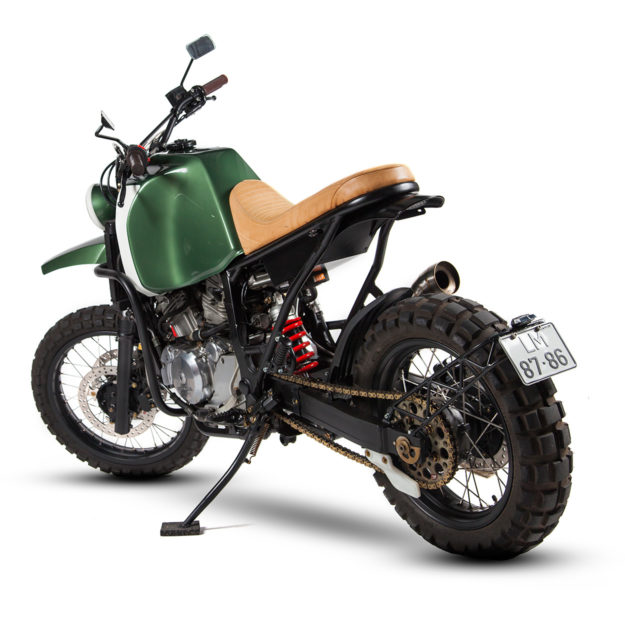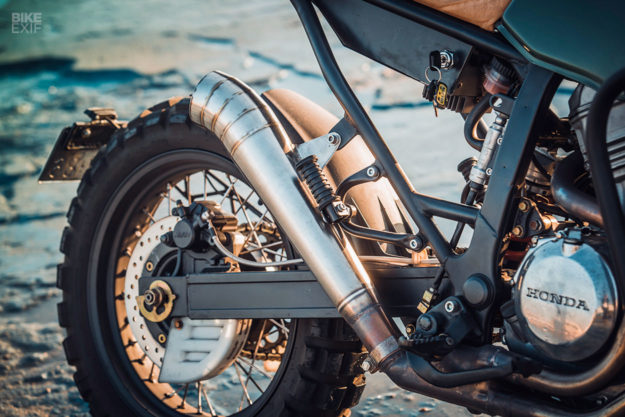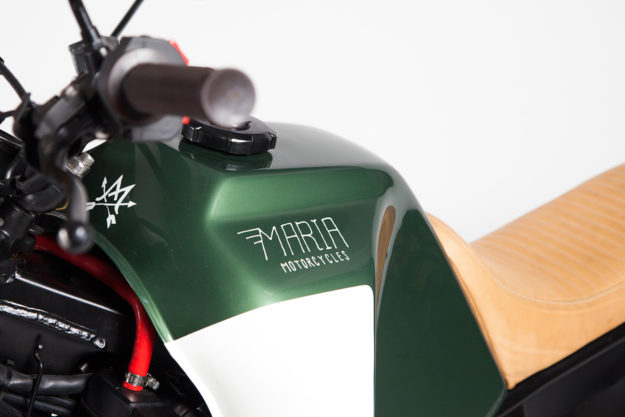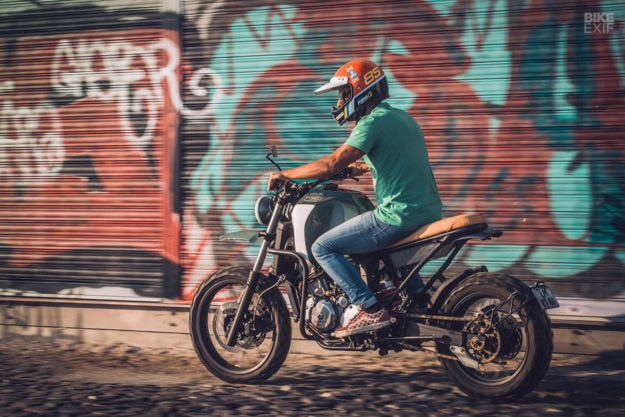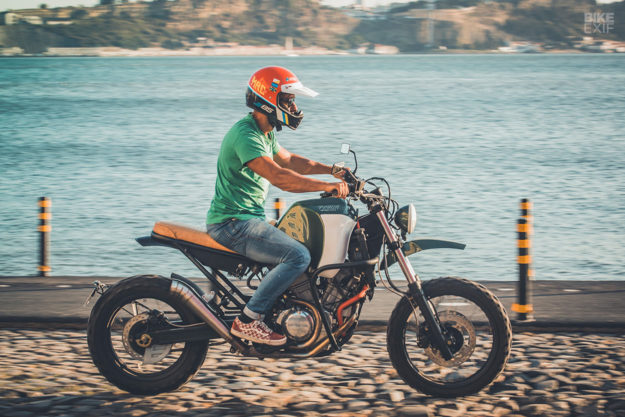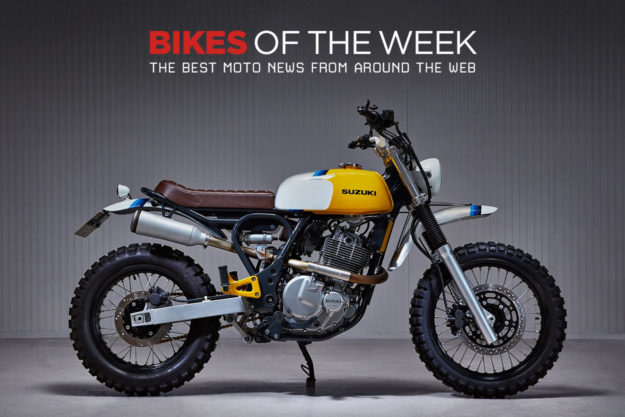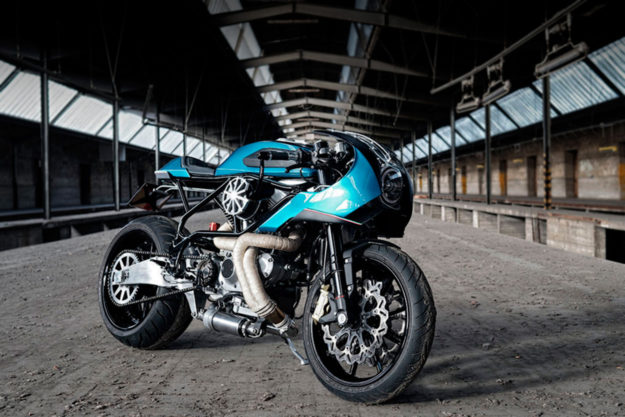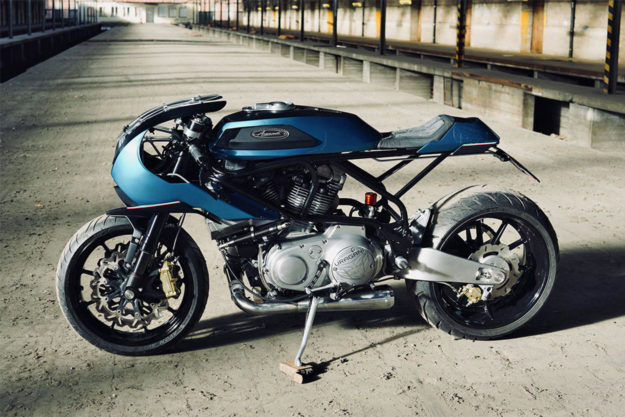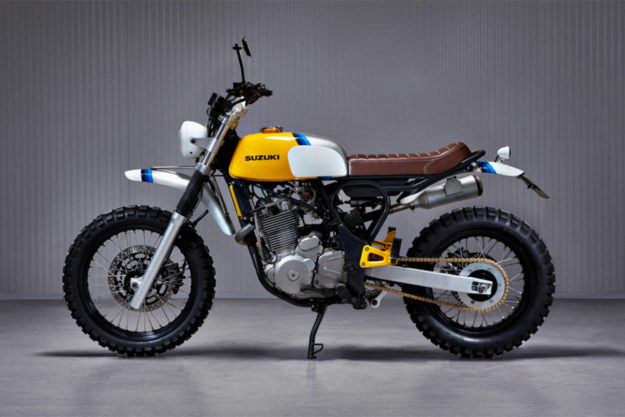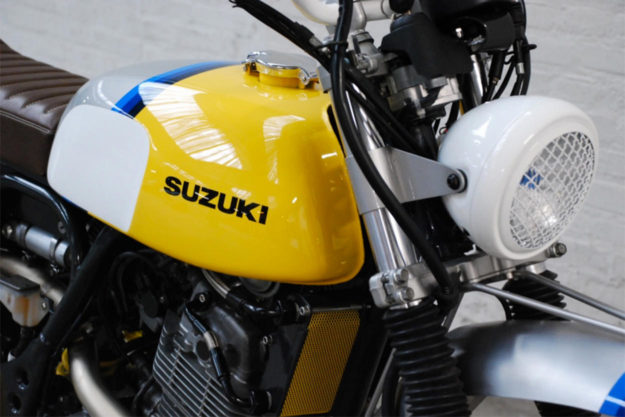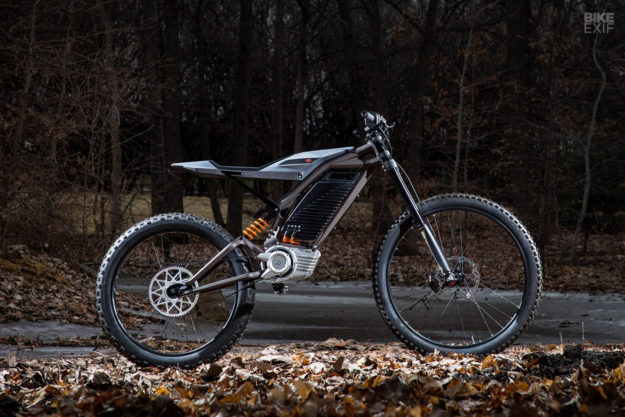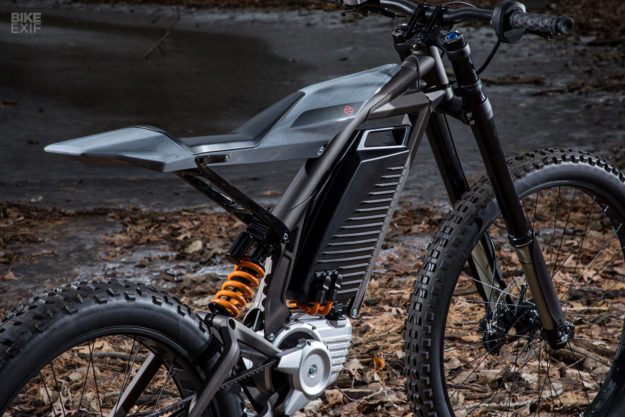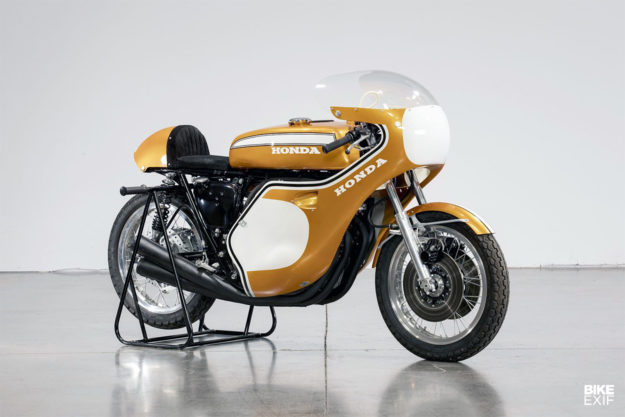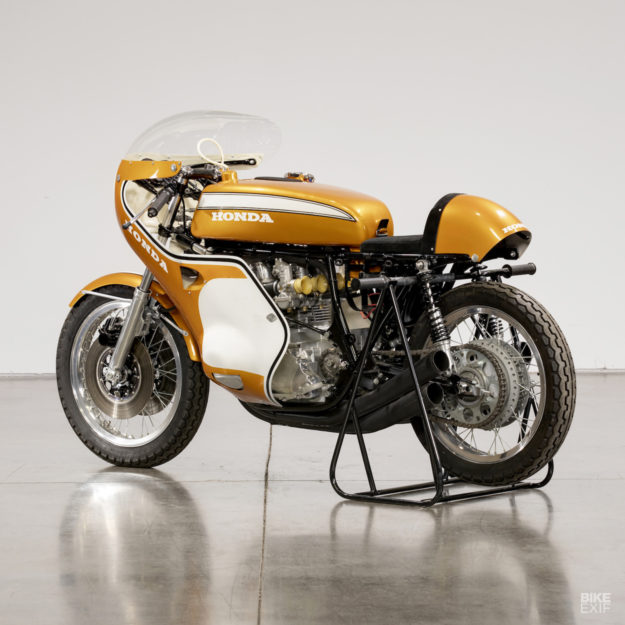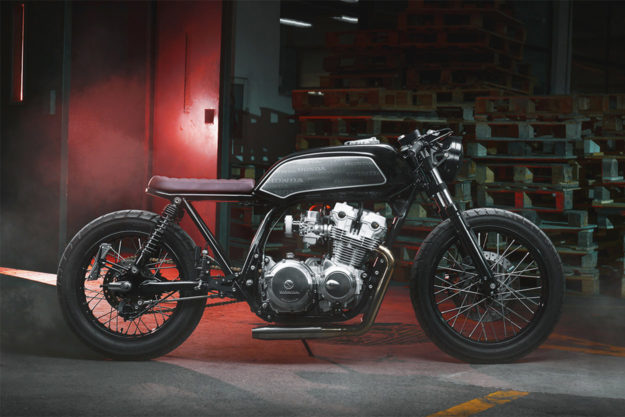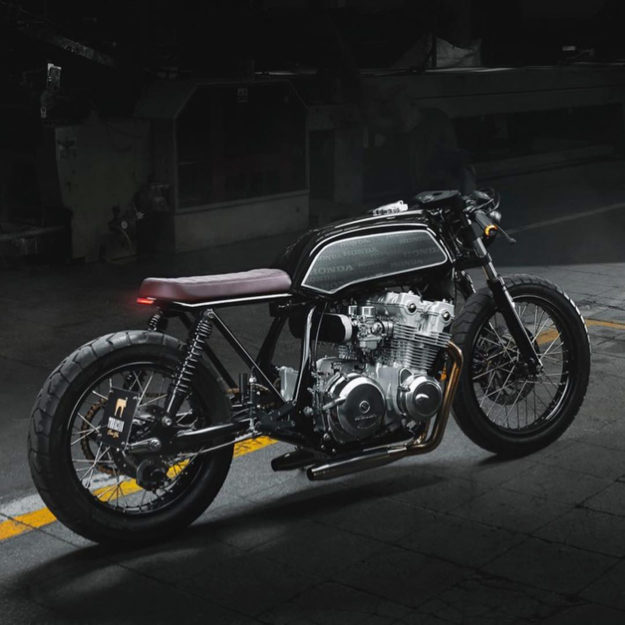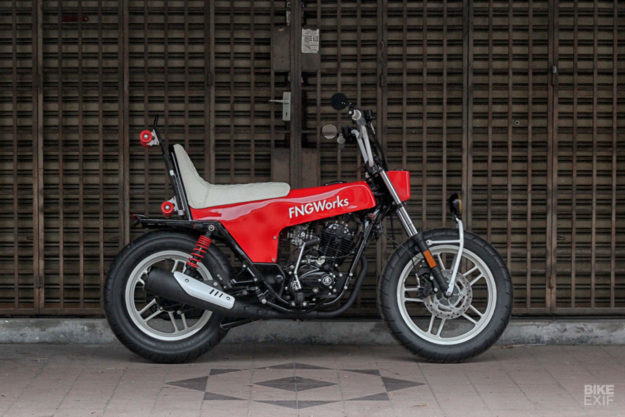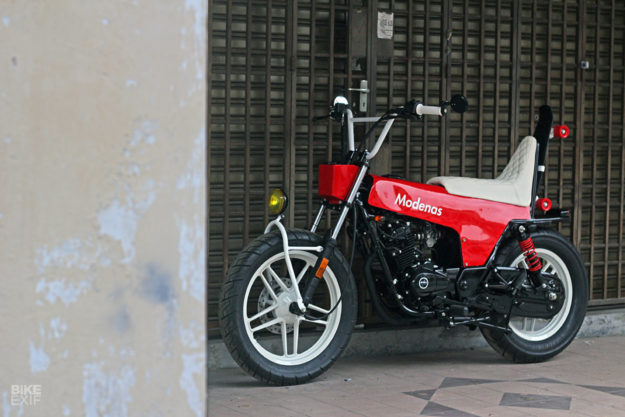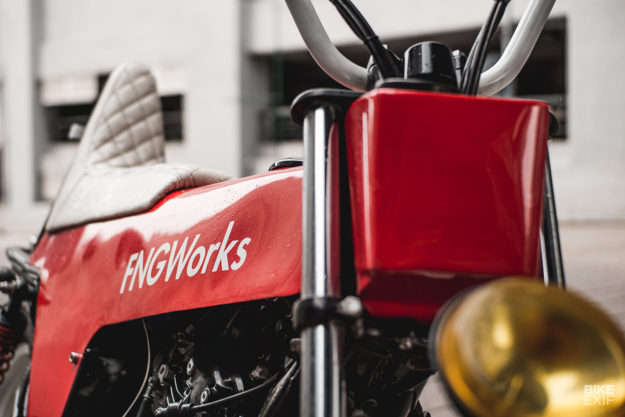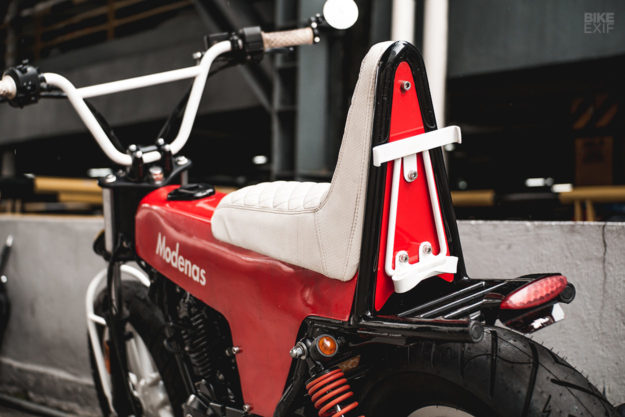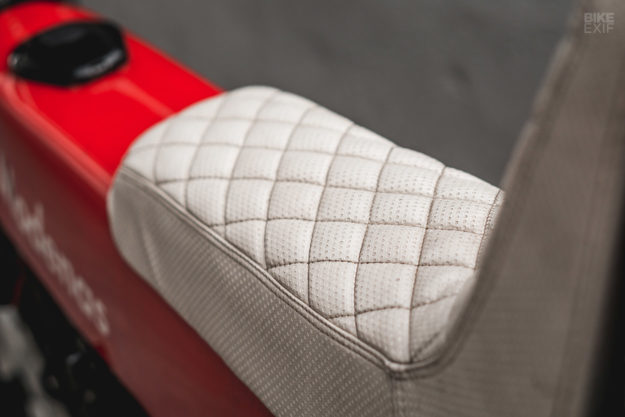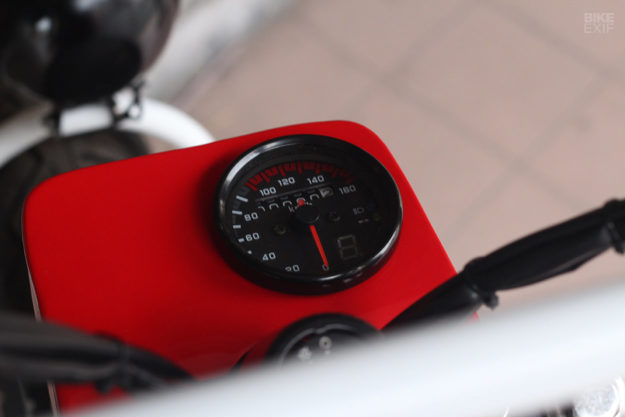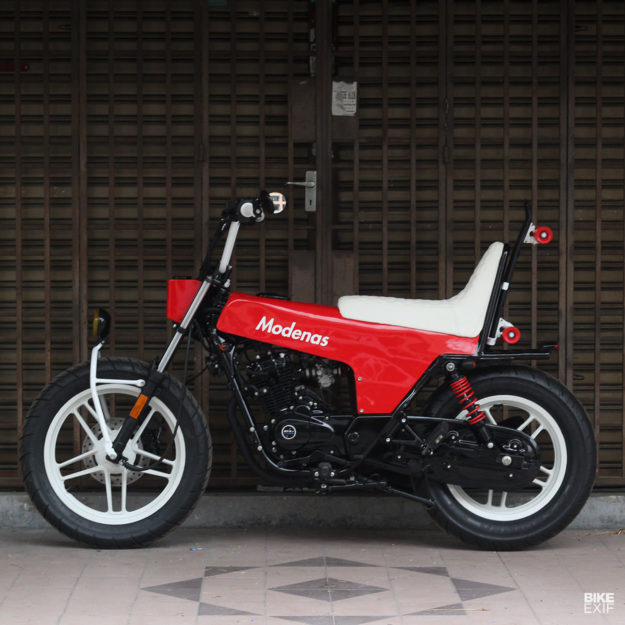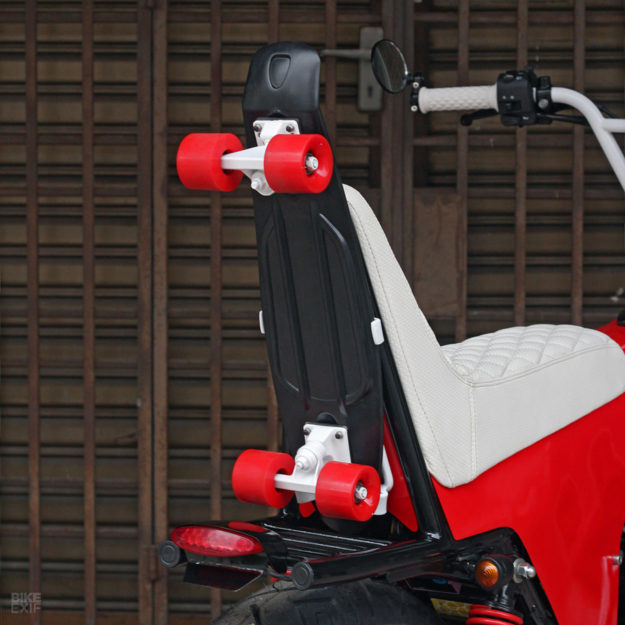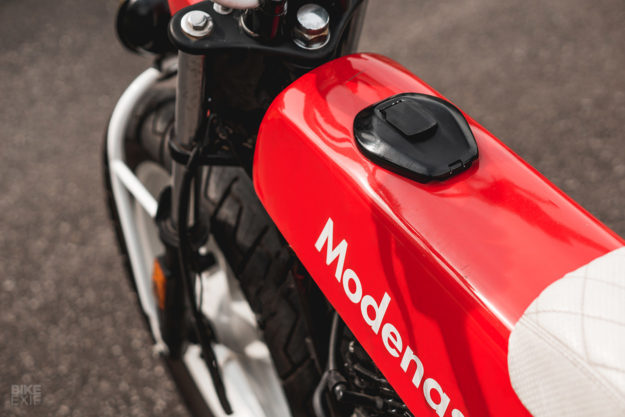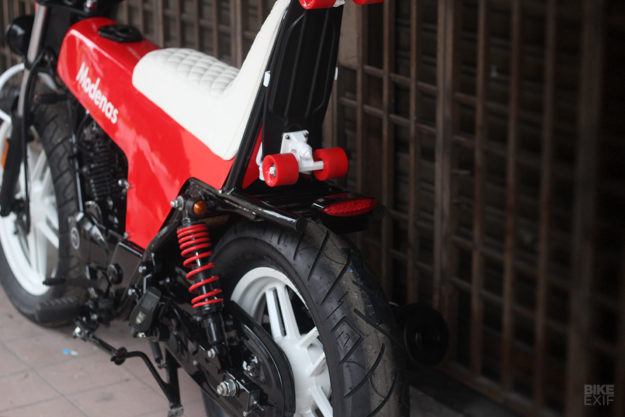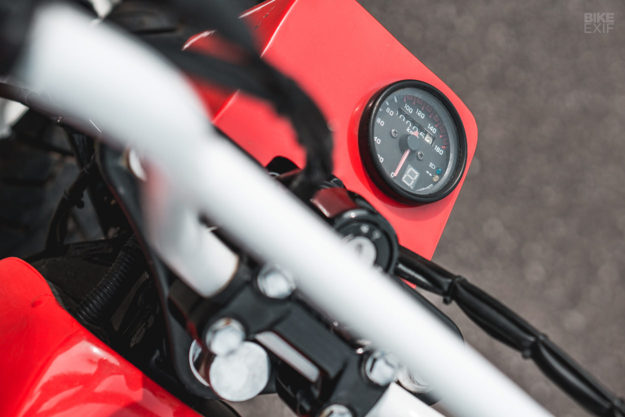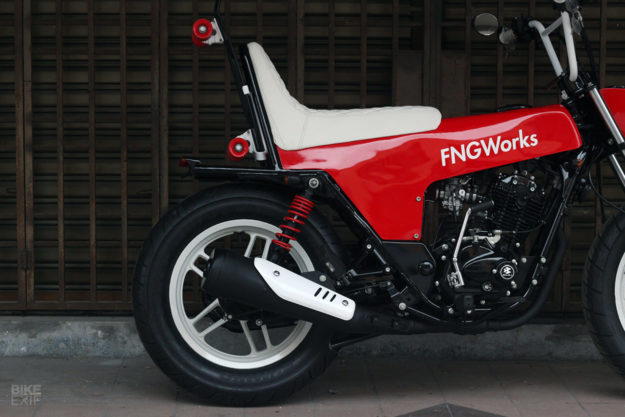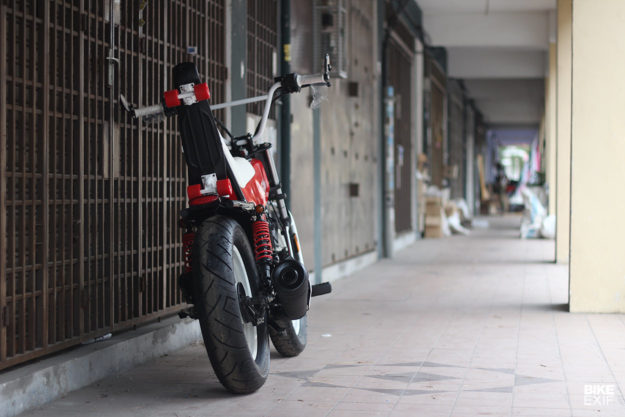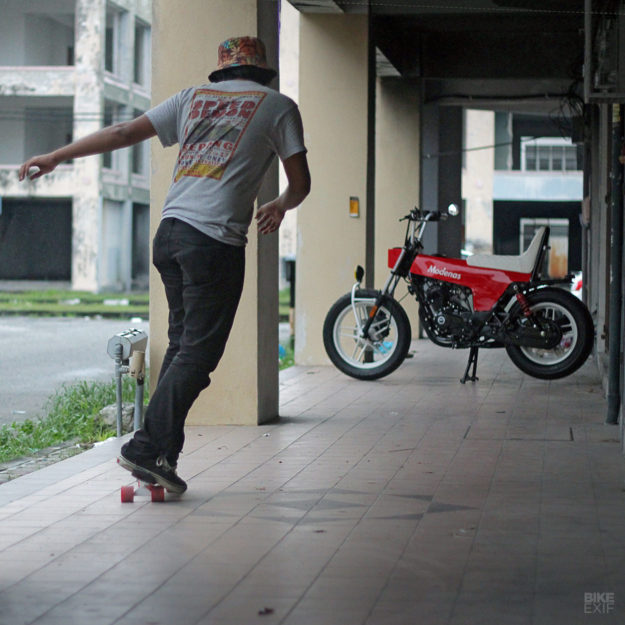Revealed: The Top 10 Custom Motorcycles of 2018
What a year it’s been for the custom scene. With so many great bikes crossing our radar, it’s almost impossible to pick out any personal favorites.
So it’s just as well that our annual Bike Of The Year roundup is purely data driven. It’s based on page views, incoming links, and the number of social media shares. As always, it’s also weighted according to how long ago the bike was featured.
A couple of interesting points to note: If we weren’t dealing with customs here, two factory bikes would have made it into this list: the
Indian FTR 1200 and the
Husqvarna Vitpilen. Interest in these machines, which look as good as many ‘full customs,’ is intense amongst our readers.
The
café racer style, so dominant five years ago, has drifted back into the genre soup. Only one
CB café racer made it into our list this year. Flippant categorization in general has dwindled away: we’re seeing more and more bikes that can’t be pigeonholed, and the rise of the tasteful
restomod.
And that’s fine by us—especially if it means we can say goodbye to ridiculous terms like ‘brat tracker.’ (Or indeed ‘Ducati Scrambler Café Racer.’)
So here are the ten bikes that revved up our servers and social media channels in 2018. Enjoy.
10. Honda CB750 by Caffeine Custom Just as we were thinking the days of the classic CB café racer were over, along comes this low-slung CB750 from Brazil.
Caffeine Custom is run by a couple of friends from a shed in the mountains, but the clue is in their backgrounds: one is an automotive designer, and the other is a graphic designer. Between them, they’ve nailed the stance and style and lifted this bike well outside the usually tired genre.
There is nothing radical going on here, but the changes that Bruno Costa and Tiago Zilli have made to the 1979
CB750 are impeccably judged. The bike is lowered, there’s a beefy 18” Comstar wheel at the front, the rear end is nicely chiselled, and the controls have been pared down to the minimum. Anyone thinking of putting a grinder to a CB should examine this machine very closely before flicking the switch.
MORE IMAGES
9. Harley Sportster 48 by Rough Crafts Winston Yeh is the king of consistency. Since the early days of Bike EXIF, he’s been churning out
hit after hit—so it’s no surprise to see his return to our Top 10. This time it’s with a
Sportster that looks like no other: squared off, blacked out, and with the stance of a sportbike.
With Öhlins suspension, a titanium exhaust, and wheels and bodywork crafted from carbon fiber, this Forty Eight tips the scales at 40 kilos lighter than stock. The geometry is closer to a Buell than a Harley, and the vibe is streetfighter rather than cruiser, but it’s still instantly recognizable as a Rough Crafts build.
MORE IMAGES
8. Harley-Davidson Super 10 by Jackson Burrows We’re not quite sure what’s most amazing about this vintage Harley: the jaw-dropping craftsmanship, or the fact that it’s Mr. Burrows’ first attempt at building a bike. It started life as a tiny 165 cc racing two stroke, and ended up as the proverbial work of art. The motor is slotted into a 1964 Harley-Davidson Scat frame, and there’s a 1948 pressed steel girder fork up front.
It’s probably the most obsessive build that we’ve featured all year, with every milimeter crafted to perfection.
Jackson lists Ian Barry, Shinya Kimura and Chicara Nagata as his influences—and if he can keep this up, it won’t be long before his own name belongs in that super league.
MORE IMAGES
7. Yamaha SR500 scrambler by Daniel Peter Chicago-based photographer
Daniel Peter loves
SR500s: he’s built four so far, in his spare time. At first glance, it’s a relatively straightforward hot rod—with a heavily tuned engine boosted to 540cc. But Daniel’s also added Kawasaki ZX6R forks, Gazi shocks, 17-inch supermoto rims and an aluminum swingarm.
It’s the finish that sets this punchy little machine apart though. The aluminum Yamaha XT500 fuel tank looks spot-on with a delicious white-and-yellow paint scheme, and the ancillary parts are entirely practical—from the fenders front and rear to the heavy-duty serrated footpegs. This is a custom meant to be ridden hard.
MORE IMAGES
6. 1957 Harley Sportster replica by UFO Garage We fell in love with the concept and execution of this Sportster as soon as we saw it, and we’re glad our readers loved it too. The idea was simple, and supported by Harley-Davidson España: take a late-model Sportster and make it look like a late 50s
ironhead.
In practice, it’s a complicated trick to pull off, but Spanish builder
Efraón Triana managed it—using replica wheels, fenders and handlebars, and an exhaust system that mimics the lines of the original. A 1957-era tank and seat unit have been subtly modified to fit. An optical illusion of the highest order.
MORE IMAGES
5. Honda Grom by Cole Mishler Engine swaps are a rarity in the motorcycle world. Sure, we often see later-model or higher-capacity motors being installed into a same-marque chassis. But we rarely see high-performance motors squeezed into completely different vehicles, car-style.
That’s the kicker with this incredible Grom
electric motorcycle, which is now juiced up by a Zero FX lithium ion powerpack. (It helps that the builder works for Zero and this was a semi-official project.) ‘Grom Reaper’ has almost as much torque as a Sportster 1200 now, plus Öhlins suspension and a 55-tooth rear sprocket to keep things under control. Electrifying stuff.
MORE IMAGES
4. Watkins M001 This Polish-built engineering masterpiece was probably the most radical bike we featured in 2018. It’s the work of an industrial designer from Gdańsk, who prefers to be known as ‘
Jack Watkins.’
The powertrain is from a BMW R1150 RT, but almost everything else is built from scratch. The one-off front suspension has around a hundred components, including more than a dozen bearings, but the bodywork is just two sheets of steel, lazer-cut and cleverly bent to fit in place. ‘Genius’ is an over-used word, but applicable in this case.
MORE IMAGES
3. Triumph Thruxton by Rogue Motorcycle The power of social media and the street cred of Hans Bruechle, better known as HandBrake the Artist, blasted this Australian
Thruxton into the top ten. This article got a solid ten thousand engagements on Facebook alone.
The builder was
Rogue Motorcycle’s Billy Kuyken, who met Bruechle by chance at a moto show. The graphics are eye-catching, and the handling gets an upgrade via Suzuki GSX-R1000 forks, but the real clever stuff is at the back. Billy binned the back half of the frame, installed a skateboard deck on top of a hidden seat pan, and fabricated a monoshock conversion to make it all fit. We love the rear lighting—a converted Stellar skateboard deck with with LED lights instead of wheels.
MORE IMAGES
2. Ural coffee cart by See See It’s ironic that Thor Drake, the lofty proprietor of
See See and a leading light of the custom scene in the Pacific Northwest, has only ever built one café racer. But this
Ural cT with a hefty 50 kg La Marzocco espresso machine in the sidecar went viral—and global.
See See also installed airbag suspension, a hand sink, a cooler, a coffee grinder, a mains-level electrical system and more. We’re used to seeing these Russian-made contraptions modified out of sight, but this one really takes the
biscotti.
MORE IMAGES
1. Honda Cub by K-Speed In 2018, Honda gave the
Super Cub a huge raft of updates. It was a significant move, because the Cub is the world’s bestselling (and probably best-loved) two-wheeler.
Thailand is home to a factory that builds the new Cub, so the local Honda distributor decided to give the latest model to
K-Speed to rework. It was an inspired move, and K-Speed came up with an equally inspired custom.
K-Speed’s enigmatic owner Eakk set the design direction, and went for a ‘modern retro’ feel. The vertical fairing remains, but the rest of the bike has been stripped back and heavily modified, with new bars and minimal lighting and controls. The blacked-out rims are wrapped with chunky ‘sawtooth’ tires.
Remarkably, K-Speed finished this build in just 30 days. And it got over three times as many page views as any other bike we showed in 2018. Proof that after six decades and more than 100 million production units, the appeal of the humble Cub still endures.
MORE IMAGES
POSTSCRIPT It’s been fascinating to sift through the data while compiling this year’s awards. Many of our personal favorites just missed the cut: we saw bikes from
Hookie,
Krugger,
Auto Fabrica,
BAAK, and
Smoked Garage get pipped to the post by the tiniest of margins, along with
ICON 1000’s Suzuki Bandit.
Most surprising of all: there’s only one BMW in the list, and it looks nothing like a BMW. Has the airhead bubble finally burst?
Finally, there are several people we should thank. Like the builders and photographers who dazzle us daily with their skills. And our generous advertisers, who keep the servers humming smoothly, and the site free for you to read.
We must also say a huge thank you to our readers: you’ve made Bike EXIF the most widely read custom motorcycle site in the world. Let’s catch up again in a few days, when Wes will reveal his Editor’s Choice for 2018 (and data be damned).
Source...











